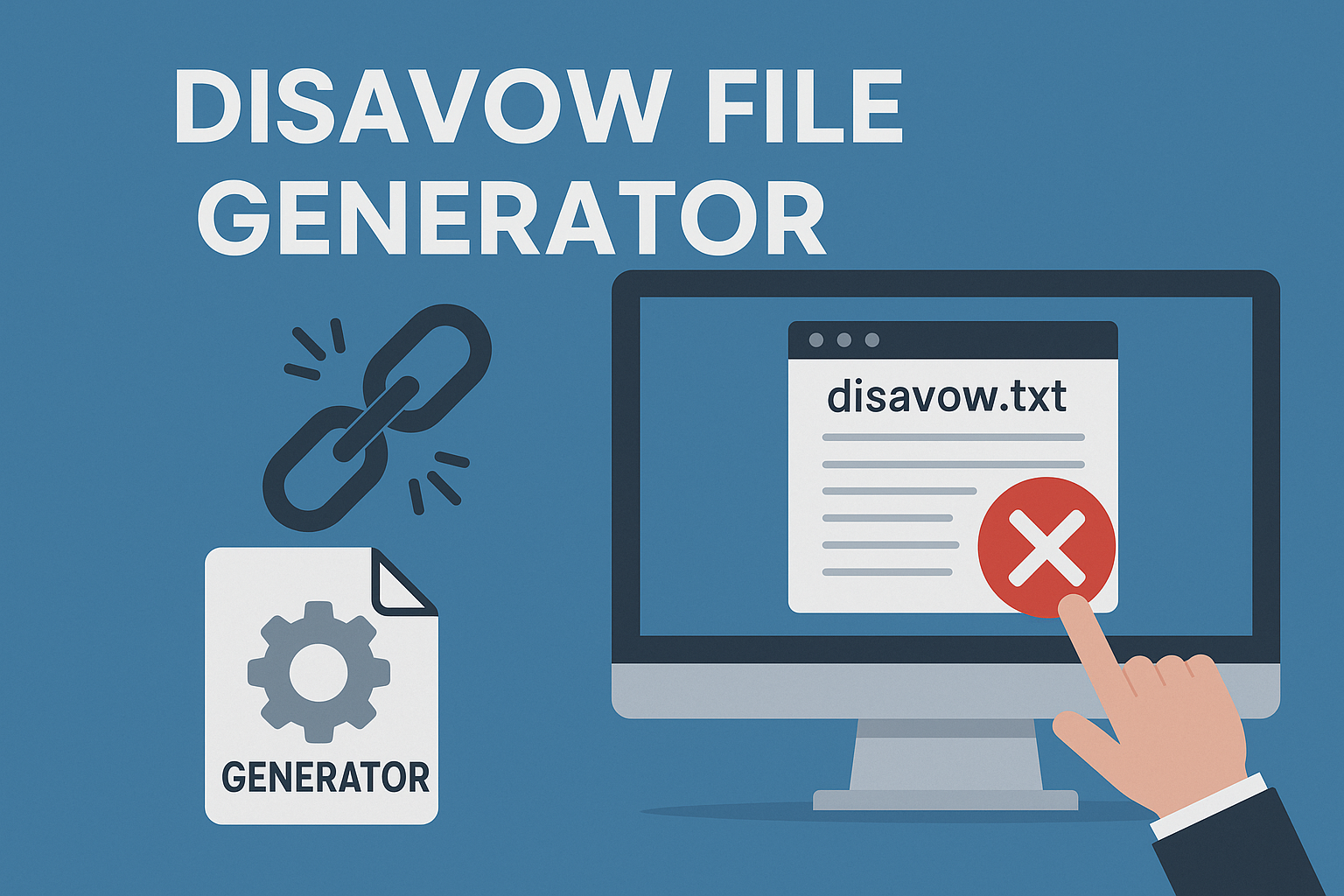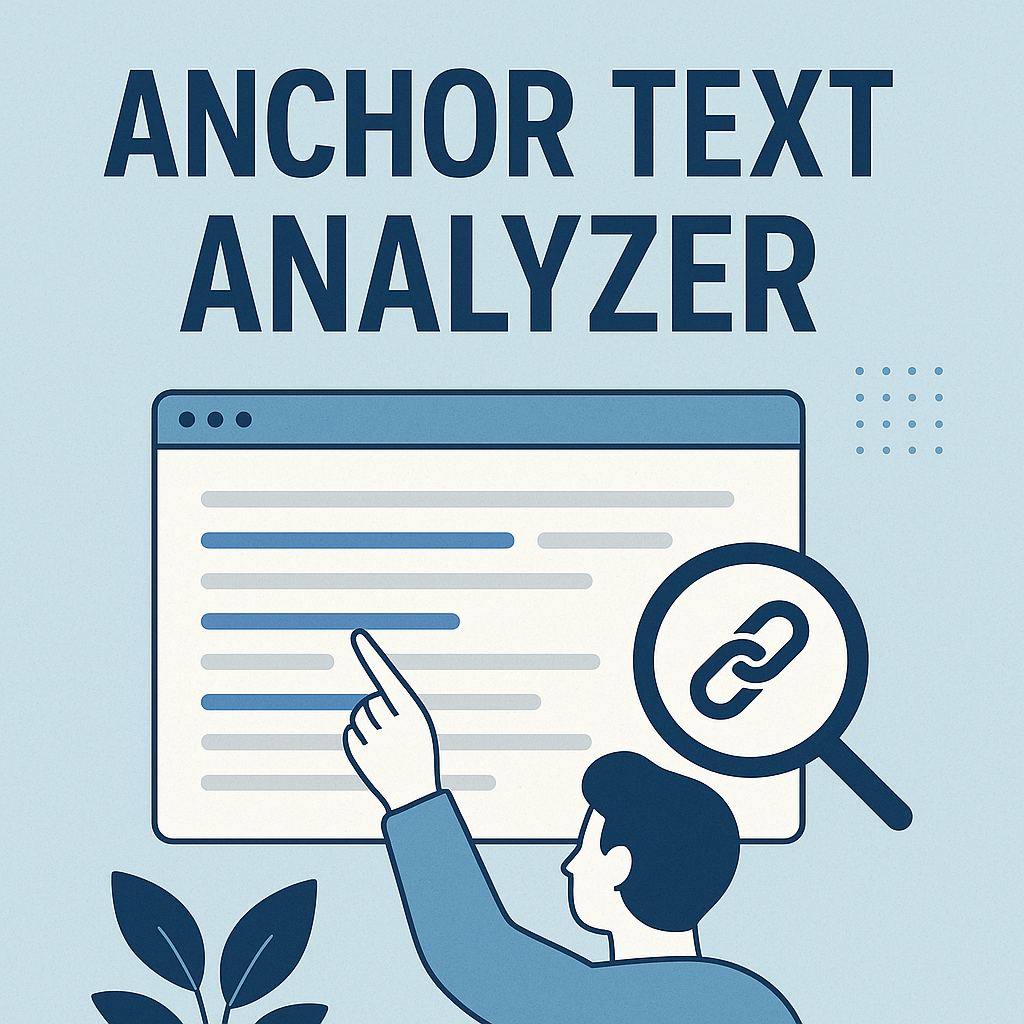When evaluating website authority, SEO professionals often debate which tools offer the most reliable metrics. One key differentiator lies in how platforms assess backlink quality. Majestic, a leader in link analysis, created its proprietary Trust Flow system to measure the credibility of incoming links. This metric focuses on quality over quantity, using a massive database of over 6 trillion links.
Unlike other platforms, Majestic pairs Trust Flow with Citation Flow to show both the trustworthiness and popularity of links. Moz takes a different approach with its Domain Authority score, which predicts how well a site might rank overall. These distinct methods highlight why choosing the right tool depends on your specific needs.
Understanding these differences matters because link evaluation directly impacts SEO success. High-quality backlinks boost rankings more effectively than numerous low-value connections. Trust Flow has become an industry standard for this reason, helping users prioritize valuable partnerships. moz tool for link building 2015
This guide clarifies how each platform’s unique features serve different strategic goals. Whether you’re auditing existing links or planning new campaigns, knowing which metrics align with your objectives saves time and resources.
Key Takeaways
- Trust Flow is a Majestic-exclusive metric for assessing link quality
- Majestic combines Trust Flow with Citation Flow for comprehensive analysis
- Moz uses Domain Authority instead of Trust Flow for ranking predictions
- Link quality evaluation methods differ significantly between platforms
- Metric selection should align with specific SEO strategy goals
Introduction: Setting the Stage for a Trust Flow Comparison
Modern SEO strategies require precise tools to navigate complex ranking factors. With 61% of marketers prioritizing specialized software, selecting the right platform becomes critical for campaign success. Two industry leaders offer distinct approaches to link evaluation and site performance tracking.
Overview of SEO Tools and Their Relevance
The best SEO tools deliver actionable insights for improving organic visibility. Some platforms specialize in backlink profiling, while others excel at technical audits or keyword tracking. Features like historical data comparisons and competitor benchmarking separate premium solutions from basic checkers.
Specialized platforms help teams identify high-value partnerships and avoid low-quality connections. Advanced filtering options streamline link-building efforts by highlighting domains with strong authority signals.
Why Trust Flow Matters in SEO Analysis
Search engines now prioritize editorial relevance and domain credibility over sheer link volume. This shift makes metrics assessing website trustworthiness essential for sustainable growth. Quality-focused scores help marketers gauge partnership risks and potential ranking impacts.
Using reliable analysis tools prevents wasted resources on ineffective campaigns. Accurate metrics guide decisions about which connections to pursue, maintain, or disavow – crucial for maintaining search visibility long-term.
Q: Is moz trust flow measured out of 100 and what happened with seomoz site migration to moz? A: The question “is moz trust flow measured out of 100” contains a common misconception – Moz doesn’t have a metric called “Trust Flow.” That’s Majestic’s proprietary metric. Moz’s equivalent is moz domain trust, measured through Domain Authority (0-100 scale) and MozTrust (0-10 scale). The seomoz site migration to moz occurred in 2013 when SEOmoz rebranded to simply “Moz” to reflect their expansion beyond just SEO tools into broader inbound marketing software.
Q: What is the moz trust meaning compared to majestic rank checker and majestic trust flow definition? A: The moz trust meaning refers to MozTrust, which measures link trust based on how closely your site is linked to trusted seed sites on the web. In contrast, a majestic rank checker evaluates websites using different metrics, with the majestic trust flow definition being the quality of links pointing to a site based on the trustworthiness of referring sites. While both measure trust, Majestic’s Trust Flow (0-100) focuses on topical relevance and trust together, whereas Moz separates trust (MozTrust) from overall authority (Domain Authority), using different algorithms and seed sets.
When using the seomoz term target tool alongside root domain moztrust metrics, comparing magesticseo and majestic referring domains data with majestic seo metrics provides comprehensive backlink analysis, while some search for spy tool shopify blackhat world solutions, legitimate mozlinks metric analysis and a trustflow checker help determine link quality, and when questioning majestic.com real or fake concerns, it’s a legitimate tool though many seek a free majestic alternative, with debates about majestic or ahrefs blackhatworld preferences showing both tools have strong followings in the SEO community.
The links overview moz provides comprehensive backlink analysis for SEO professionals. Comparing ahrefs vs seomoz reveals different strengths in database size and interface. Using majestic tf cf checker evaluates trust flow and citation flow metrics.
Evaluating majestic vs ahrefs vs seomoz shows each tool’s unique advantages. Implementing moz domain unification consolidates subdomain metrics into unified scores. The inbound link definition moz explains external authority-passing links.
Comparing moz vs monitor back links shows different tracking approaches. The seomoz backlink checker identifies linking domains and anchor distribution. Installing serpclix extension enables SERP tracking features.
Understanding what are established links on moz refers to verified indexed backlinks. Forums like mpgh ahrefs semrush moz majestic discuss platform comparisons. The domain unification moz process merges domain variations. Professionals test ahrefs vs seomoz to determine the best tool for their needs.
Understanding Trust Flow and Citation Flow Metrics
Two metrics stand out when assessing a website’s backlink health: Trust Flow and Citation Flow. These complementary scores reveal different aspects of your site’s link profile, helping marketers make smarter SEO decisions.
The analysis of seoprofiler vs Moz reveals distinct advantages because SEOprofiler specializes in link analysis yet Moz provides a complete set of SEO tools. The evaluation of authority transmission between root domains and subdomains depends on understanding subdomain moztrust. The moz blog delivers industry news and algorithm updates through articles written by experienced SEO professionals.
The moz pro forum serves as a platform where members can solve problems and share strategies with each other. moz q&a forum : The moz Q&A forum enables users to obtain solutions for their particular SEO problems through the collective knowledge of the community. The moz seo blog provides readers with educational content about the best search engine optimization practices.
moz seo forum : Users who join the Moz SEO forum gain knowledge through discussions with peers and receive expert advice.
semrush vs ahrefs vs moz blog review : A detailed review of three major SEO platforms through semrush vs ahrefs vs moz blog analysis examines their complete feature sets and pricing models and functional capabilities. The respected seo blog moz maintains its position as a leading industry influencer through its data-based research and methodological transparency.
How do Ahrefs, Majestic, and Moz compare for backlink analysis?
The debate on ahrefs vs majestic blackhatworld forums shows both tools have strong followings, while moz backlink citation data offers different metrics when comparing moz da vs majestic vs ahrefs and ahrefs vs majestic vs seomoz capabilities. Using a bulk majestic tf checker helps analyze trust flow at scale, though in moz we trust remains a common sentiment, exploring majestic tool alternatives when needed. The alexa majestic topical moz toolbar combination provided comprehensive data, focusing on high trust flow backlinks through a majestic bulk checker for efficiency. When you test ahrefs vs majestic vs seomoz and determine what is a good trust flow score for your niche, comparing ahrefs vs majestic vs seo moz or ahrefs vs majestic vs seomoz free versions helps budget-conscious users.
Despite the death of backlink moz discussions, many still ask is there anything on ahrefs that measures topical trust flow? similar to Majestic’s metrics. Consider majestic backlinks service options, try a majestic free trial to explore majestic seo features, and test ahrefs vs majestic or test ahrefs vs majestic 2015 comparisons to find the best tool for your specific backlink analysis needs.
Defining Trust Flow in SEO
Trust Flow evaluates backlink credibility through a simple rule: authoritative sites link to trustworthy partners. This metric ignores sheer numbers, focusing instead on editorial value. High scores signal search engines view your connections as reliable.
The Role of Citation Flow in Link Quality Assessment
Citation Flow measures raw link volume – think of it as popularity points. While useful for spotting trending content, it doesn’t distinguish between quality referrals and spammy connections. A balanced profile combines strong citation numbers with high trust scores.
The majestic seo backlink checker remains one of the industry’s most trusted tools for analyzing link profiles and website authority. Users often search for magestic seo (common misspelling) when looking for comprehensive majestic backlinks analysis capabilities. The platform known as seo majestic offers unique metrics like Trust Flow and Citation Flow that help evaluate link quality. Many seek a trust flow checker free alternative, though Majestic’s proprietary metrics aren’t available elsewhere. While some look for a free moz trust tool, Moz and Majestic use different algorithms for calculating domain authority. Situations where sites show high majestic low moz scores often reflect differences in how each platform evaluates link quality and spam factors.
The majestic backlink analysis feature provides detailed insights into referring domains, anchor text distribution, and link context. Understanding majestic seo ac rank helps identify authoritative content within a domain.
The majestic seo integration capabilities allow seamless connection with other SEO tools and reporting platforms. Using a seo majestic backlink checker reveals toxic links and link-building opportunities. The historical seomoz term extractor tool helped with keyword research before the seomoz to moz migration transformed the brand into today’s comprehensive SEO platform, marking a significant evolution in the SEO tool landscape.
Topical Trust Flow adds depth by categorizing links by industry relevance. Imagine getting fitness blog links for a gym equipment site – this metric confirms their thematic alignment. Together, these metrics create a 360-degree view of your link quality.
- Trust Flow prioritizes editorial credibility over quantity
- Citation Flow highlights content reach and visibility
- Topical analysis ensures relevance to your niche
Smart SEOs compare both flows to spot imbalances. A high citation score with low trust signals potential spam risks. Conversely, strong trust metrics with limited citations might indicate untapped growth opportunities.
majestic link checker : a majestic link checker performs backlink profile analysis through trust flow and citation flow metrics which deliver complete SEO insights. The moz cf checker uses citation flow to assess the number of links and their impact on websites. The analysis of trust flow majestic seo enables users to distinguish between high-quality backlinks and spam links. The seomoz link checker enables users to analyze domain authority and spam score metrics.
moz ranking lawline.com : The historical ranking data from lawline.com on moz shows how domain authority ratings have changed throughout different periods.
unify the domain moz : The domain unification process at Moz combines all subdomain metrics into a single site authority score.
The free majestic trust flow checker enables users to assess backlink quality using Majestic trust metrics although the free version restricts the number of available queries.
blackhatworld clickseo : The Blackhatworld clickseo term describes BlackHatWorld forum discussions about ClickSEO and similar CTR manipulation tools which violate search engine rules and lead to major penalties that result in complete deindexing.
Exploring Moz’s Comprehensive SEO Capabilities
Effective SEO strategies demand tools that combine power with simplicity. Moz delivers this balance through its evolved platform, built on nearly two decades of industry experience. The solution transforms complex data into actionable insights for marketers at every skill level. If you’re looking to improve your site’s ranking structure, consider reviewing this resource on efficient SEO juice flow techniques.
Streamlined Design Meets Powerful Analytics
Moz’s interface stands out for its clutter-free layout and logical workflows. New users appreciate color-coded dashboards that highlight priority tasks, while veterans value customizable reporting filters. Social engagement metrics appear instantly when analyzing URLs, saving time during initial assessments.
What is TrustFlow check and how does it compare to Moz metrics for SEO analysis?
A trustflow check is a crucial SEO metric developed by Majestic that measures the quality and trustworthiness of a website’s backlink profile. When performing a trustflow check, the tool analyzes the quality of sites linking to your domain, with scores ranging from 0 to 100. Higher TrustFlow scores indicate links from more reputable and authoritative sources. Many SEO professionals debate majestic vs moz blackhatworld discussions, comparing these two major SEO platforms and their respective metrics. The comparison of majestic.com vs moz pro reveals different strengths: Majestic specializes in backlink analysis with TrustFlow and Citation Flow metrics, while Moz Pro offers Domain Authority and comprehensive SEO tools. The historical moz to seomoz migration marked a significant rebranding when SEOmoz simplified its name to Moz, reflecting its evolution beyond just SEO tools to broader marketing solutions. A common issue users encounter is when page moz trust high domain moztrust low occurs, indicating that individual pages may have better trust metrics than the overall domain. This situation often happens when specific pages receive high-quality backlinks while the domain overall has a mixed backlink profile. Understanding these metrics helps SEO professionals make informed decisions about link building strategies and website optimization. The trustflow check remains particularly valuable for identifying potentially harmful links and ensuring a healthy backlink profile that search engines will view favorably.
Strategic Insights Through Advanced Features
The platform’s keyword research tools reveal untapped opportunities through search volume trends and competition analysis. Site audits go beyond basic checks, flagging hidden issues like mobile rendering errors and duplicate meta tags. Domain Authority remains central to Moz’s value proposition, offering a clear benchmark for ranking potential.
blog articles moz : The Moz blog platform delivers multiple SEO viewpoints through articles written by industry specialists and data experts. International users can assess the backlink analysis tool Majestic SEO through French reviews found in the majestic seo avis section.
majestic seo gratis : The free features of Majestic SEO are restricted because the paid plans offer more extensive capabilities.
moz blog rand fishkin : The Moz blog features Rand Fishkin’s influential archives which present his pioneering SEO research alongside his experimental methods.
moz forum free : Non-subscribers can join basic community discussions through the free Moz Forum access. The moz forum software enables SEO professionals to share knowledge and participate in community engagement through its platform.
Webmasters who understand moz link equity can track how authority moves between internal and external links to enhance their website rankings.
How do Majestic SEO backlinks analysis tools work and what alternatives are available?
Understanding majestic seo backlinks involves using their proprietary Trust Flow and Citation Flow metrics to evaluate link quality and quantity for any website. The majestic bulk backlink checker allows analysis of multiple domains simultaneously, saving time for agencies and SEO professionals. Discussions on moz pro blackhatworld forums often compare Majestic with Moz’s tools, highlighting different strengths in link analysis. The trust flow checker seo small tools provides a free alternative for basic checks, though with limited functionality. While Majestic isn’t primarily for majestic keyword research, it excels at competitive backlink analysis and finding link opportunities. Popular alternative to majestic backlinks include Ahrefs, SEMrush, and Moz, each offering unique metrics and databases. The bulk seo majestic feature enables efficient large-scale link audits for enterprise SEO projects. Understanding low moz trust scores helps identify potential link quality issues that might not appear in Majestic metrics. Effective majestic link building strategies involve finding competitors’ best backlinks and replicating their success. The majestic seo trial offers full access to test features before committing to a subscription. Using a moz trust score checker alongside Majestic provides comprehensive link quality assessment from different perspectives.
SEO professionals frequently search for alternatives to majestic backlinking software when seeking diverse tools for comprehensive link analysis and backlink research. Many users explore majestic integration with advanced web ranking to streamline their SEO workflow and combine multiple data sources for better insights.
The majestic seo site explorer remains a popular choice for analyzing website authority and link profiles, though users also investigate moz link explorer fluctuations to understand how metrics change over time. Budget-conscious marketers often seek free trust flow checker tools as cost-effective alternatives to premium platforms.
When evaluating platforms, professionals read majestic seo reviews to understand user experiences and compare features. The concept of moz+trust and understanding what is trust flow in seo helps marketers make informed decisions about which metrics to prioritize in their analysis.
Users frequently examine majestic flow and majestic trustflow metrics to assess website authority and link quality. Questions about whether majestic.com is real or fake occasionally arise, leading users to verify platform authenticity before investing in premium features.
Comprehensive comparisons like moz for majestic vs ahrefs vs semrush help professionals choose the right toolset for their needs. Understanding moz inbound v outbound link metrics and navigating moz onboarding processes are essential for new users transitioning between platforms.
Historical tools like moz tool for link building and current solutions such as moz trust rank checker provide different approaches to link analysis. Issues with no domain moz trust scenarios and understanding seomoz metrics help users troubleshoot common problems.
Resources found through site:backlinkmanagement.io searches often provide additional insights into platform comparisons and best practices. Free alternatives like tf cf checker free tools and trust flow gratuit options help budget-conscious users access basic metrics without premium subscriptions.
Understanding what is majestic seo and its core functionality helps users determine whether this platform aligns with their specific link building and SEO analysis requirements.
What do Trust Flow and Citation Flow mean in SEO link analysis?
To check trustflow effectively, understand it measures the quality of links based on trustworthiness of linking sites, scored 0-100. When you check website trust flow, higher scores indicate links from reputable, authoritative sources in your niche. The difference between citation flow vs trust flow is crucial: Citation Flow measures link quantity/volume while Trust Flow measures quality/trustworthiness. Understanding exact match dommain moz metrics helps evaluate domain name influence on rankings alongside link metrics. Analyzing majestic links provides insights into both referring domains and individual backlinks with detailed metrics. The majestic search function helps discover link opportunities by analyzing competitor profiles and industry patterns. Your majestic seo rank isn’t a direct ranking metric but helps assess overall domain authority through link analysis. Comparing majestic vs semrush shows Majestic specializes in backlink data while SEMrush offers broader SEO functionality. A trust flow citation flow checker evaluates the ratio between quality and quantity – ideally, they should be balanced or Trust Flow slightly higher. The trust flow meaning in SEO context represents the passing of trust through links from credible sources. Understanding trust flow vs domain authority reveals different approaches: Trust Flow (Majestic) focuses on link trustworthiness while Domain Authority (Moz) considers multiple factors including link profile, making both metrics valuable for comprehensive SEO analysis.
Integration with Google Analytics allows teams to correlate SEO efforts with actual traffic patterns. Automated reports merge performance metrics with visualizations, simplifying client communications. Educational webinars and community forums further enhance the tool’s utility, making skill development part of the package.
Understanding the topical trust flow checker is essential for evaluating website authority and relevance in specific niches. The majestic trust metric provides crucial insights into link quality, while the majestic topical trust flow breaks down authority by subject category. When analyzing trust flow majestic data, you’ll discover how search engines perceive your site’s credibility. The majestic seo trust flow metric combines with other factors to paint a complete picture of your domain’s strength.
Using a trust flow checker helps monitor your site’s authority over time, complementing majestic domain authority measurements. While the moz trust score offers similar insights, the moz trust flow calculation differs from Majestic’s approach. For those seeking a majestic seo free alternative, several options exist, though none match the depth of majestic trust flow analysis. The ongoing debate of majestic seo vs seomoz highlights the strengths of each platform.
When comparing moz vs majestic, consider that each tool calculates authority differently. The question of majesticseo or seomoz often comes down to specific needs and budget. In the moz vs majestic seo comparison, both offer unique advantages for SEO professionals. The majestic trust flow checker provides real-time data updates, helping you find moz trust flow equivalent metrics for comparison. Understanding the difference backlink moz and majestic calculations is crucial for accurate SEO analysis and strategy development.
Finding a suitable majestic seo alternative depends on specific SEO needs, with tools like Ahrefs, SEMrush, and Moz offering comparable backlink analysis features. The majestic backlinks checker remains popular for its comprehensive link database and unique metrics. Understanding each majestic link involves analyzing Trust Flow and Citation Flow scores. The majestic seo toolbar browser extension provides instant metrics while browsing. Many users check trust flow to evaluate domain quality and link value. Comparing moz rank and moz trust helps understand different authority measurements across platforms. The trust flow seo metric specifically measures link quality from trusted sources. Understanding what is moz trust page score reveals how Moz evaluates page-level link equity. While seeking a free trust flow and citation flow checker, most free tools offer limited functionality compared to paid versions.
Debates about longtail pro moz or majestic highlight different tool strengths for keyword research versus link analysis. The majestic seo backlink analyzer excels at identifying link opportunities and toxic backlinks. The moz link cross reference feature helps validate data across platforms. Using a moztrust checker provides alternative authority metrics to Majestic’s Trust Flow. Determining what is good moz trust rates depends on industry and competition levels. Tools like addlr moz majestic checker combine metrics from multiple platforms. A dedicated backlink checker majestic focuses on Majestic’s unique metrics. Discussions about best seo tool moz majestic blackhatworld reveal community preferences. A bulk trust flow checker processes multiple domains efficiently, while bulk trust flow checker free options have limitations. Understanding cross linking website content moz helps with internal linking strategies. The majestic backlink analyser provides detailed link profiles. While majestic rank tracker monitors positions, it’s not their primary focus. The majestic seo affiliate program offers commission opportunities. Exploring majestic seo alternatives like Ahrefs or Moz depends on specific needs. The majestic seo free trial lets users test premium features. Comparing majestic seo vs semrush shows Majestic specializes in backlinks while SEMrush offers broader functionality.
A majestic tf checker quickly evaluates Trust Flow scores. References to majestics seo (with ‘s’) still find the correct tool. Monitoring moz incoming links provides alternative link tracking. Building trust flow backlinks requires acquiring links from authoritative sources. A trust flow checker tool evaluates domain quality. Understanding what is a good moz trust score helps set realistic SEO goals, with scores above 4-5 generally considered strong for most industries.
When searching for an alternative to majestic seo, it’s important to understand what makes the majestic backlink tool unique, particularly its majestic citation flow metric and how majestic seo citation flow works within the majestic search engine ecosystem, as these features help evaluate trust flow domain authority and explain what is majestic trust flow represents in SEO analysis, making сервис majesticseo com a comprehensive solution for backlink research.
A comprehensive analysis of Majestic’s link-building capabilities exists
Majestic delivers specialized link-building features that enable SEO teams to focus on sustainable growth through their precision-based capabilities.
Through its 6-trillion-link database Majestic enables users to analyze backlink profiles and competitor strategies with unmatched precision.
Backlink Analysis and Data Coverage Receive Deep Examination through Majestic.
Through its Historic Index Majestic allows users to monitor link modifications spanning multiple decades to identify unexpected patterns and abnormal fluctuations. Through Visual link maps users can monitor the flow of authority between websites to discover important second-tier connections. The data-driven method serves as the foundation for penalty recovery work and strategic profile enhancement strategies.
SEO professionals frequently compare majestic seo vs moz when choosing backlink analysis platforms for their optimization campaigns. Understanding moz trust flow checker and majestic seo vs moz bulk backlink capabilities helps determine which tool provides better link intelligence and analysis features.
Platform differences involve difference backling moz and majestic and moz vs majestic seo vs comprehensive comparisons for tool selection. Resource discovery includes seomoz link finder and majestic+backlinks for comprehensive link analysis and discovery campaigns.
Alternative comparisons include positionly vs moz and moz tf cf checker for evaluating different SEO analytics platforms and trust metrics. Multi-platform evaluation involves test majestic vs ahrefs and majestic or ahrefs or moz for comprehensive tool comparison.
Advanced metrics include moz unlinked metrics and ahrefs+vs+majestic for understanding different data sources and analytical approaches. Bulk analysis involves bulk tf checker and filter search results by domain authority moz toolbar for large-scale link evaluation.
Comprehensive evaluations include ahrefs+vs+majestic+vs+seomoz and explanation of moz equity passing links for understanding link equity distribution. Resource platforms include majesticzenflow.info and moz natural search for specialized SEO intelligence.
Historical tools include moz tool for link building and test majestic seo vs ahrefs for comparing different link analysis platforms and their effectiveness in identifying opportunities, competitive intelligence, and backlink profile analysis across various SEO campaigns and optimization strategies.
Three features make the platform stand out:
The platform maintains the industry’s largest link index which supports extensive competitive research capabilities.
Link growth patterns become evident through time-based comparisons.
Topical analysis confirming content relevance across industries
Anchor Text Distribution and Neighbourhood Check Features
The platform’s anchor text analyzer functions to detect over-optimized profiles containing excessive commercial keywords. Search engines recognize organic growth through balanced combinations of branded terms and natural phrases and long-tail expressions. The Neighbourhood Check of Majestic conducts IP address analysis to detect spam network links.
The tool helps marketers identify dangerous links which might lead to algorithmic penalties. Through detailed referring domain reports marketers identify authoritative sources that they can target to convert basic backlink data into concrete partnership strategies. The platform features unite to provide a defensive system that enhances permanent search engine rankings.
A direct comparison between trustflow moz or majestic has been established to identify which has more value.
The selection of authority metrics for campaign analysis represents a vital decision for digital marketers. The individual scoring methods of each platform expose separate aspects of website operation.
“Metrics are compasses, not destinations - their value lies in strategic interpretation”
SEO Strategist, Marketing Insights Weekly
A thorough assessment of Trust Flow reliability in comparison to Citation Flow
The dual-metric system of Majestic provides users with multi-layered insights about link profiles. Trust Flow evaluates connections by assessing their editorial credibility to function as a quality filter. The link quantity metric known as Citation Flow indicates how many domains point to a piece of content regardless of their quality.
Metric Purpose Calculation Basis Update Frequency
Trust Flow Link quality assessment Seed site trustworthiness Monthly
Citation Flow Link quantity measurement Total referring domains Weekly
Domain Authority Ranking prediction Machine learning models Daily
A Comparison Between Moz Domain Authority Scores and Majestic Metric System
The Domain Authority score from Moz performs ranking potential predictions through its algorithmic analysis method. The Trust Flow metric emphasizes quality assessment yet DA evaluates multiple factors including root domains along with content relevance. Professionals employ Majestic for link cleanup operations alongside Moz for competitive benchmarking purposes.
The weekly updates of DA enable real-time monitoring while Trust Flow refreshes monthly align better with extended planning periods. Using these tools in combination allows for an effective SEO analytical approach.
Pricing and Budget Considerations for SEO Professionals
Budget planning separates successful campaigns from stalled SEO efforts. The costs of specialized tools differ significantly which demands precise matching between available features and budget allocations. Various pricing systems exist to fulfill different requirements.
Cost Efficiency and Free Tool Options
The entry-level pricing models support both solo marketers and small teams. A basic backlink tracking platform starts at $49.99 per month while its competitors demand double the price for similar services. Freelancers find this pricing affordable because they manage websites for multiple clients.
The research phase of initial investigations depends heavily on free resources. A well-known backlink checker provides restricted search capabilities to subscribers which enables users to detect spam threats efficiently. Users can use these free alternatives alongside their paid subscriptions during the first stages of their marketing campaigns.
Comparing Subscription Plans and Free Trials
The premium subscription plans expose substantial differences in what they offer to customers. The premium suites which cost $599 per month offer both rank tracking and site auditing capabilities thus making them suitable for agencies managing complex projects. The core link-building functions of smaller teams can be handled through mid-tier subscription plans.
Budget-conscious users should evaluate tools through risk-free testing opportunities. The 30-day trial lets teams experience all features to evaluate how their workflows integrate with the system. A strategist states:
A strategic investment in SEO tools produces better data returns because they match the actual demands of your daily operations
ROI performance depends on the level at which teams leverage the unique capabilities of each platform. High-volume agencies should focus on API access yet content-focused marketers should maximize basic analysis features for success.
Q: What is trust flow and how does it compare to moz backlink extractor metrics?
A: The definition of trust flow becomes important for SEO analysis because Majestic developed this metric to evaluate the quality of backlinks based on the trustworthiness of referring sites. The MOZ backlink extractor uses different metrics including Domain Authority and Spam Score but Majestic focuses on Trust Flow as its main metric. The moz trust flow checker actually refers to a misconception because Trust Flow is a Majestic proprietary metric which does not belong to Moz. The majestic backlink analyzer scores Trust Flow values between 0-100 which represent link quality instead of quantity.
Q: What is moz trust and how does majestic vs moz compare for SEO analysis?
A: MozTrust represents the metric Moz uses to evaluate link trust even though Majestic uses Trust Flow for its assessment. Majestic leads the backlink analysis with its massive link index but Moz provides a complete suite of SEO tools. Users typically select Majestic when needing deep link analysis while selecting Moz for their complete SEO requirements. Majestic specializes in link data while Moz delivers complete SEO solutions including keyword research and site audits and rank tracking together with link analysis according to the moz vs majestic seo vs comparison.
Q: What’s the difference backling moz and majestic in terms of bulk analysis?
A: The two platforms use distinct methods to analyze backlinks between Moz and Majestic. Majestic SEO provides better bulk checking tools through its API and bulk backlink checker compared to Moz when performing bulk backlink analysis. Majestic provides faster Fresh Index updates but Moz Link Explorer adds Spam Score analysis to its features. Majestic provides Trust Flow together with Citation Flow in addition to its superior historical data and link context capabilities. Majestic delivers the best results for extensive backlink analysis but Moz proves superior when users need integrated SEO functions.
Integration Capabilities and Additional Features
SEO success in today’s market demands the unification of specialized tools with marketing systems. Platform connections that enable smooth data exchange between platforms let teams achieve better efficiency through consistent campaign insights.
Social Metrics and Influencer Search in Moz
Moz uses built-in analytics to connect content performance with social engagement measurement. The HubSpot integration allows marketing teams to link SEO activities with lead generation operations. Followerwonk allows users to find the most influential Twitter users by specific niches for better outreach.
Technical Integrations and Link Data in Majestic
Through its link-building tools Majestic enables users to combine their strategies with competitor analysis features. The SEMrush integration allows users to merge keyword data with backlink profiles for complete market research. The Pitchbox integration delivers streamlined outreach features which agencies need for running large-scale partnership initiatives.
The two platforms deliver extended functionality through strategic partnerships. Moz provides social metrics which help creators modify their content for search results and sharing purposes and Majestic provides technical connections that drive data-based link strategies. Your choice between integrations depends on whether you prioritize audience engagement or authoritative connections.
FAQ
Trust Flow differs from Citation Flow in what way?
The quality of links from trustworthy sites determines Trust Flow but Citation Flow measures the total number of links. Majestic relies on Trust Flow and Citation Flow as their main metrics but Moz uses Domain Authority for similar assessments.
Moz or Majestic serves better for performing keyword research.
The keyword research capabilities of Moz stand out through its Keyword Explorer and rank tracking features. The backlink analysis expertise of Majestic makes it suitable for evaluating link-building campaigns.
How do Domain Authority and Trust Flow compare?
The Domain Authority tool from Moz uses a 100-point scale to forecast website ranking potential. Trust Flow (Majestic) scores link quality from 0–100. These two tools enable website strength assessment through different data sources.I need to know if Majestic offers free services.
The Site Explorer Lite tool belongs to Majestic’s free toolset but users need paid plans starting at $49.99/month to access full backlink data. Users can access free trials at Moz and perform basic audits through the Link Explorer tool.
Does Moz analyze anchor text distribution?
The platform measures spam score and domain authority metrics through its platform. Majestic provides in-depth anchor text analysis through its “Anchor Text” feature for effective link-building strategy development.
Which platform integrates better with third-party tools?
The platform connects to Google Analytics as well as Search Console and WordPress among other systems. Majestic works with SEO tools like Screaming Frog for performing thorough backlink analysis across deeper workflows.
Why prioritize Trust Flow in SEO audits?
High Trust Flow signals credible backlinks, reducing spam risks. The system enables users to select quality signals instead of quantity which creates a secure path to better search engine rankings.
Majestic backlink reports contain more detailed information than Moz backlink reports.
Yes. Majestic stores more than 1 trillion links in its index which provides detailed information about referring domains and historical changes. The platform provides fast audit capabilities through its focus on actionable metrics.



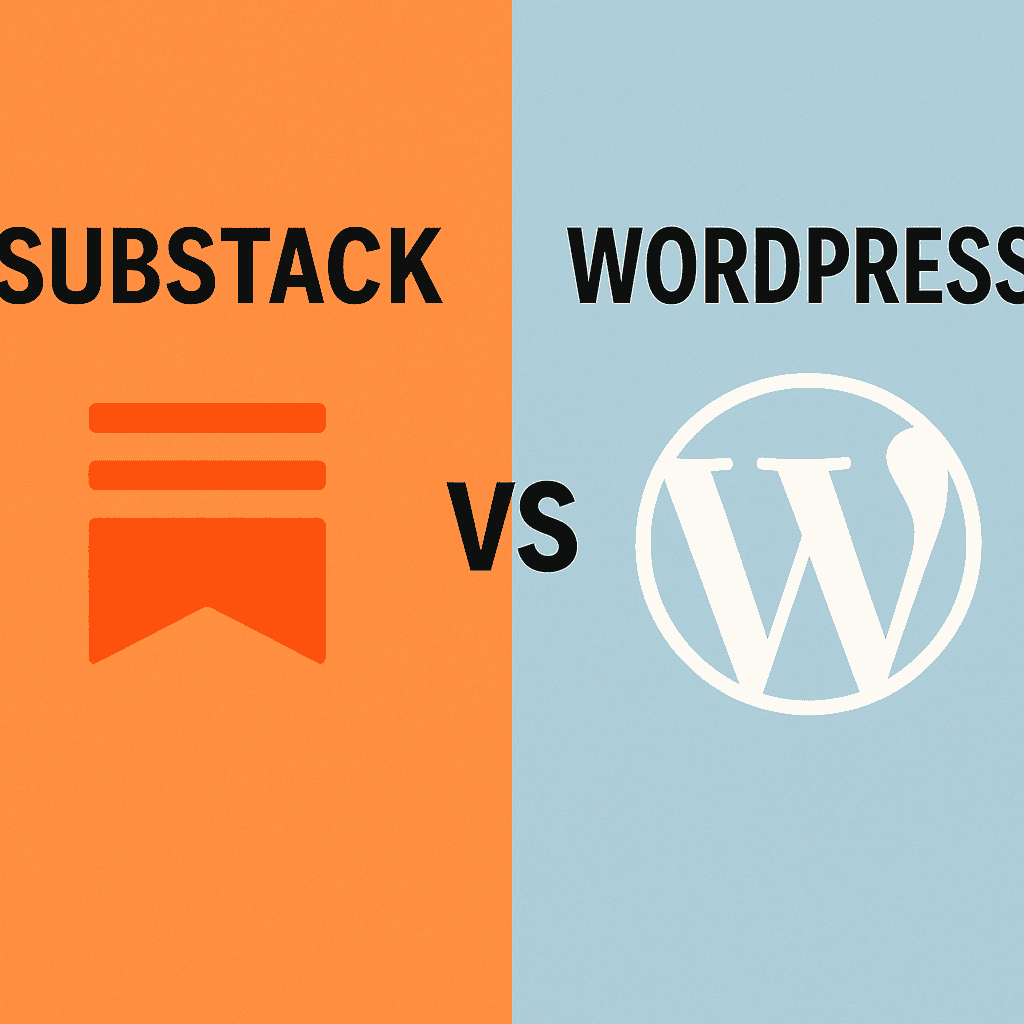

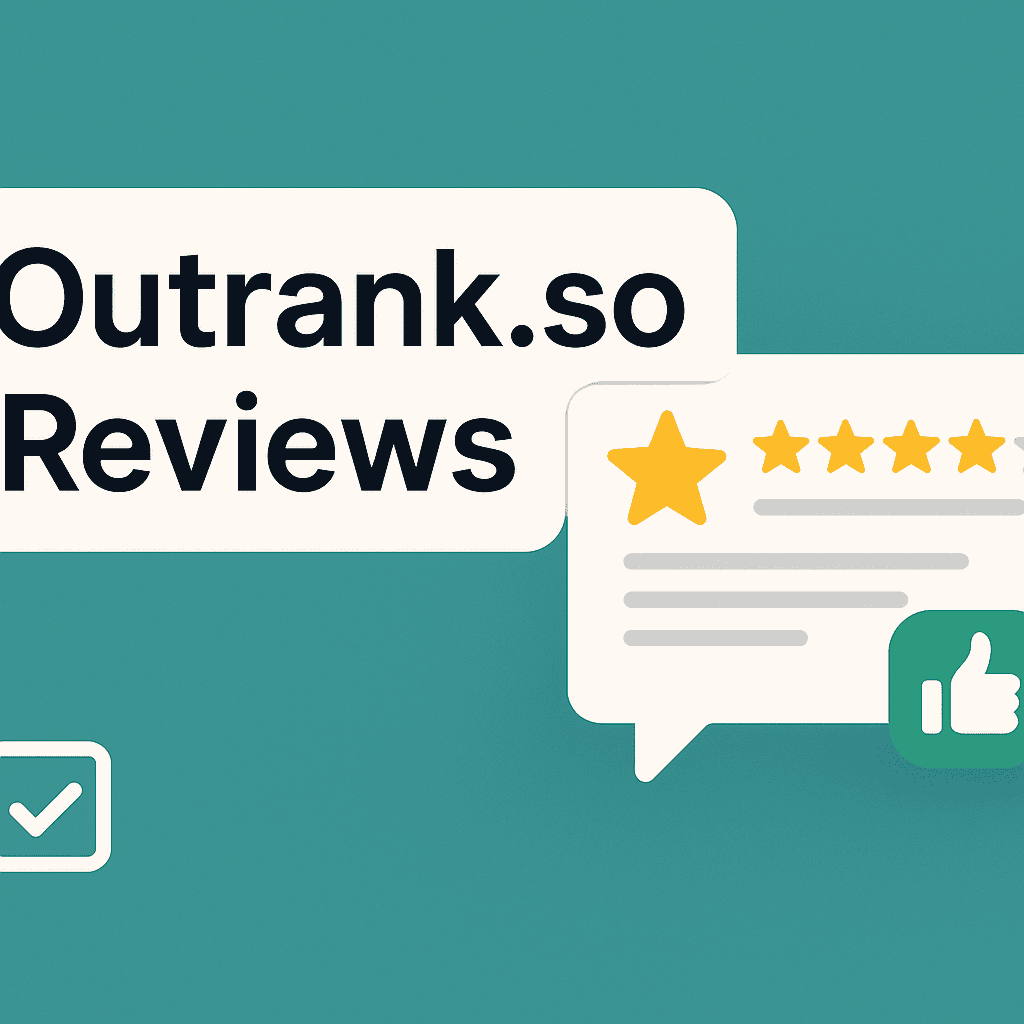
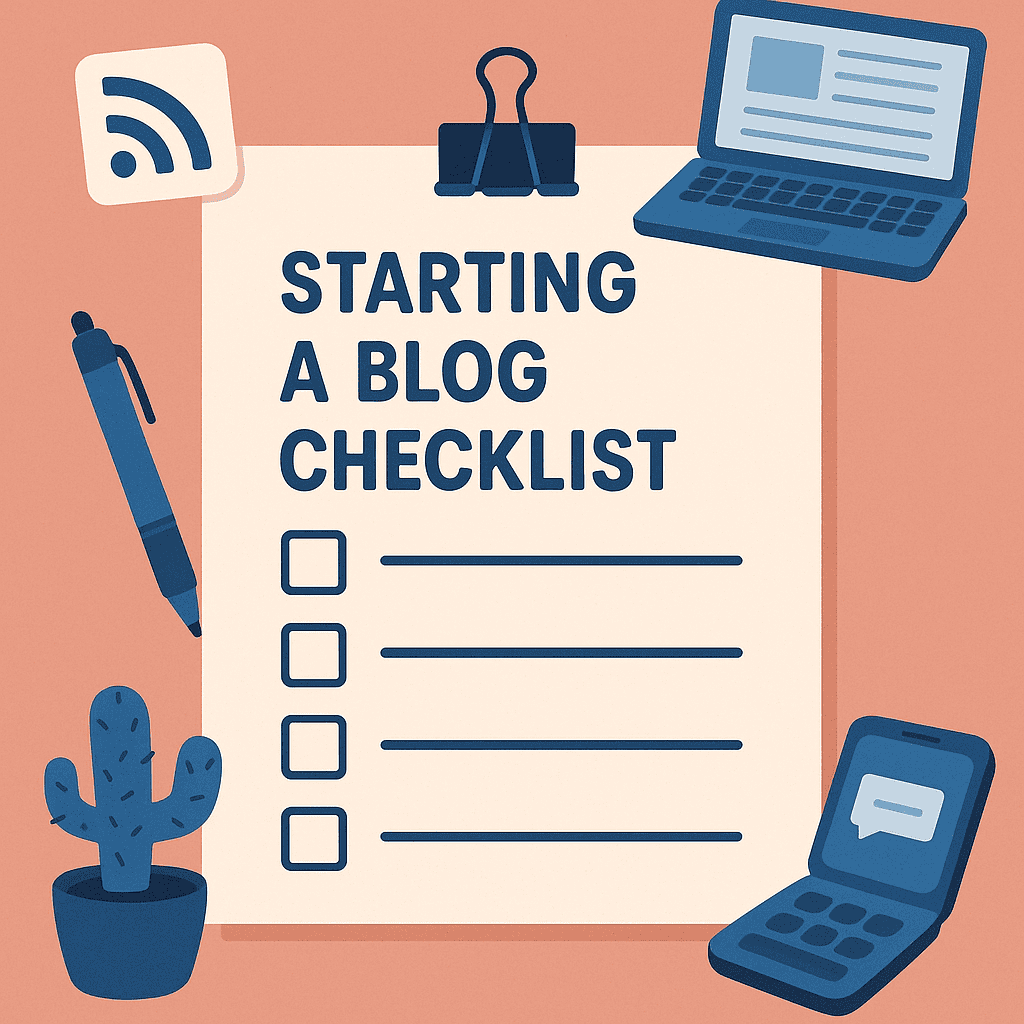










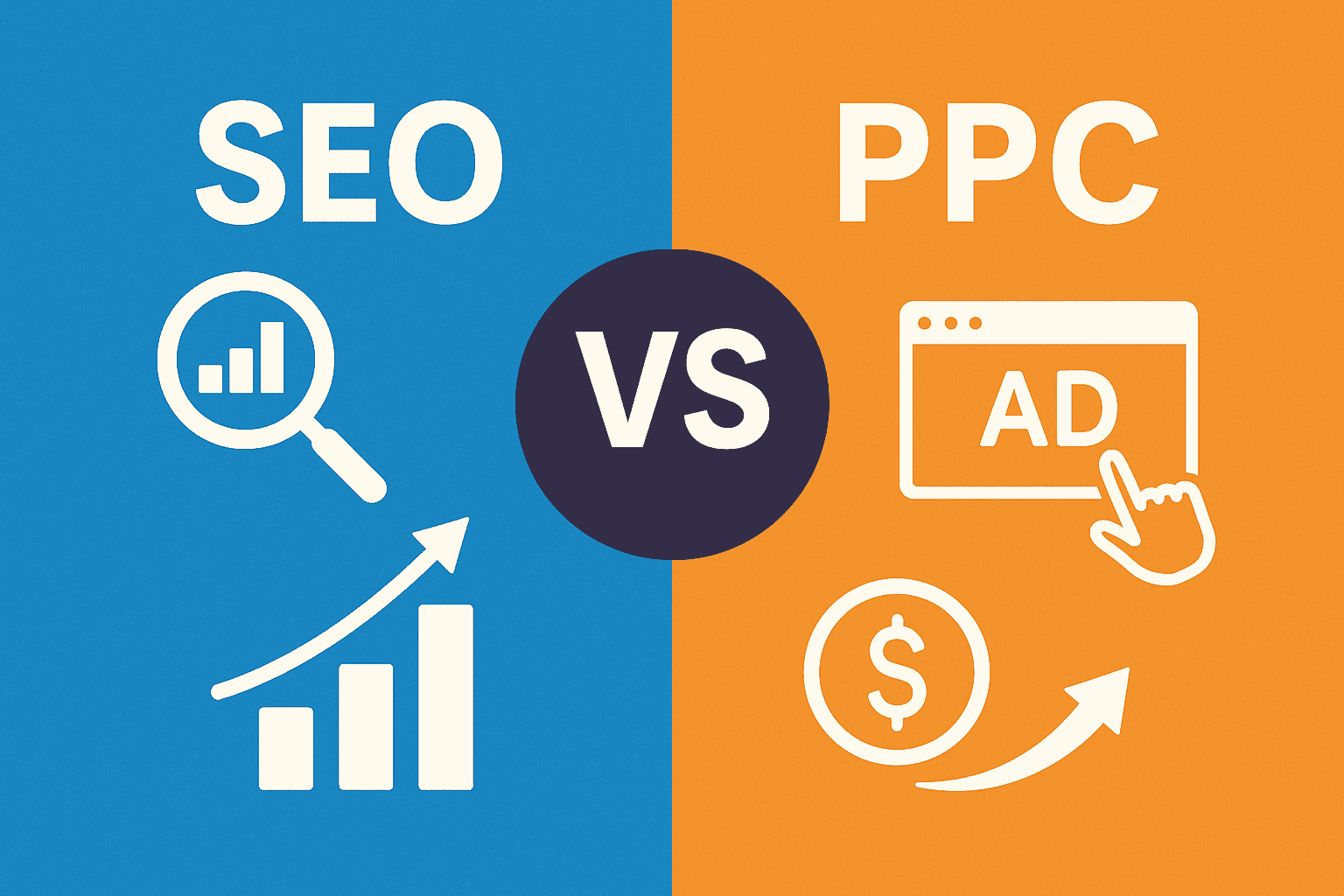






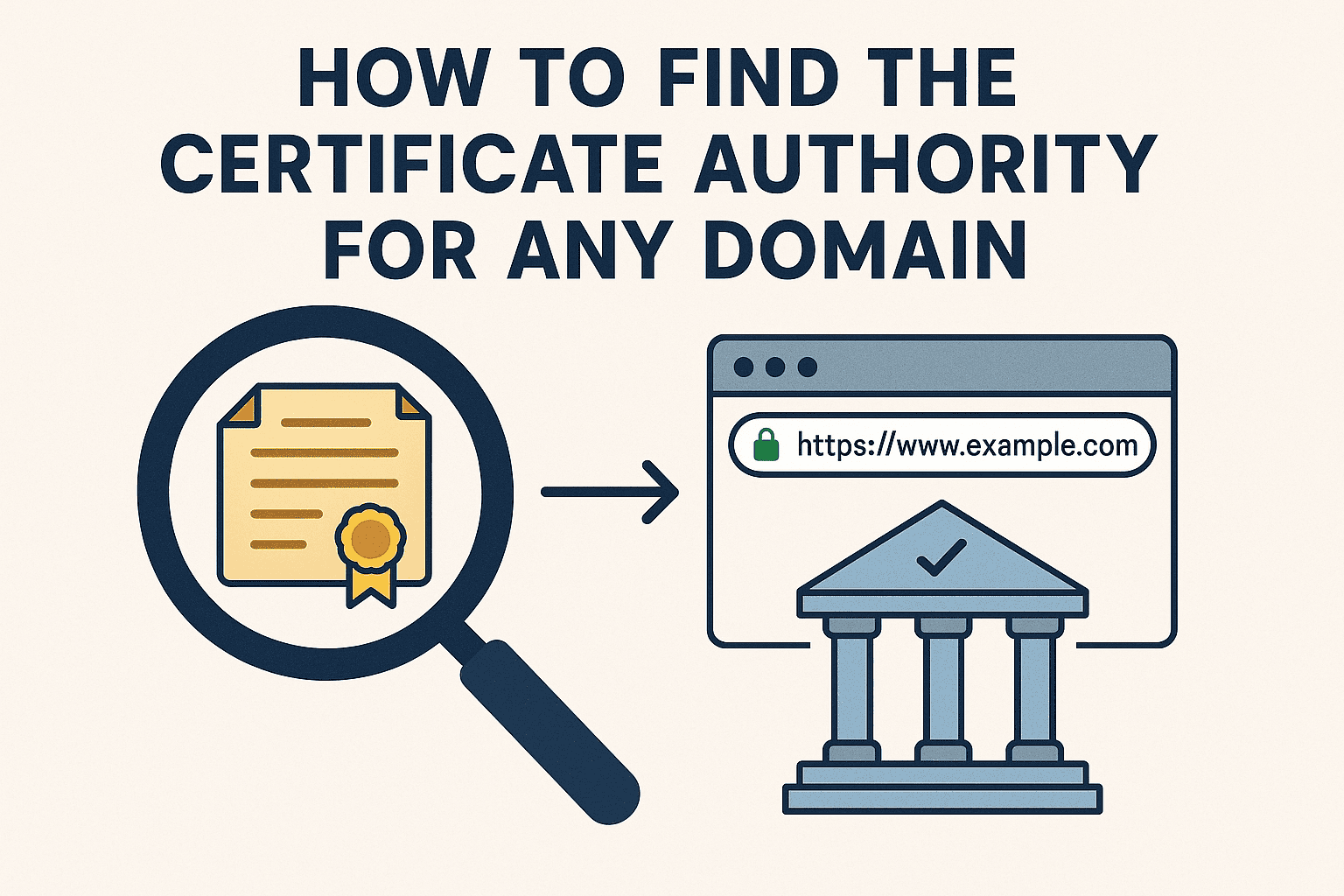

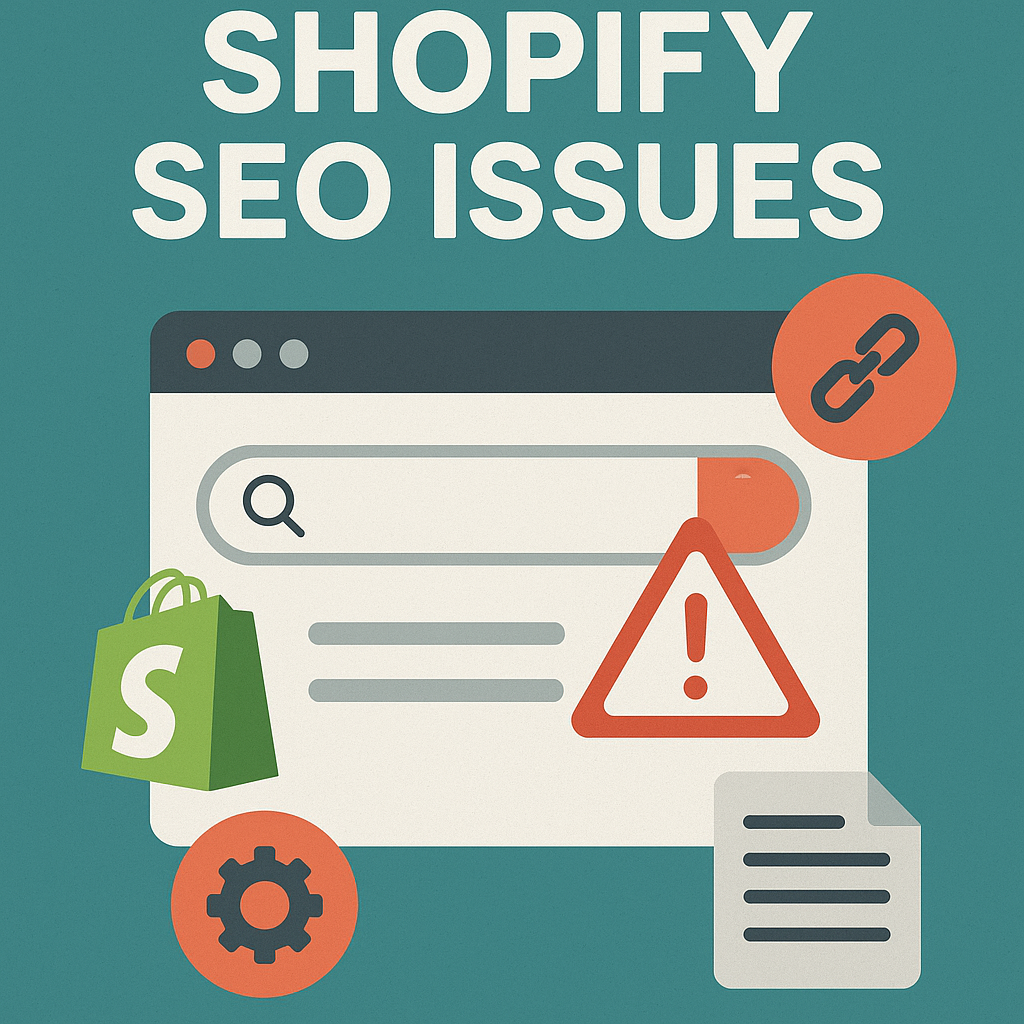

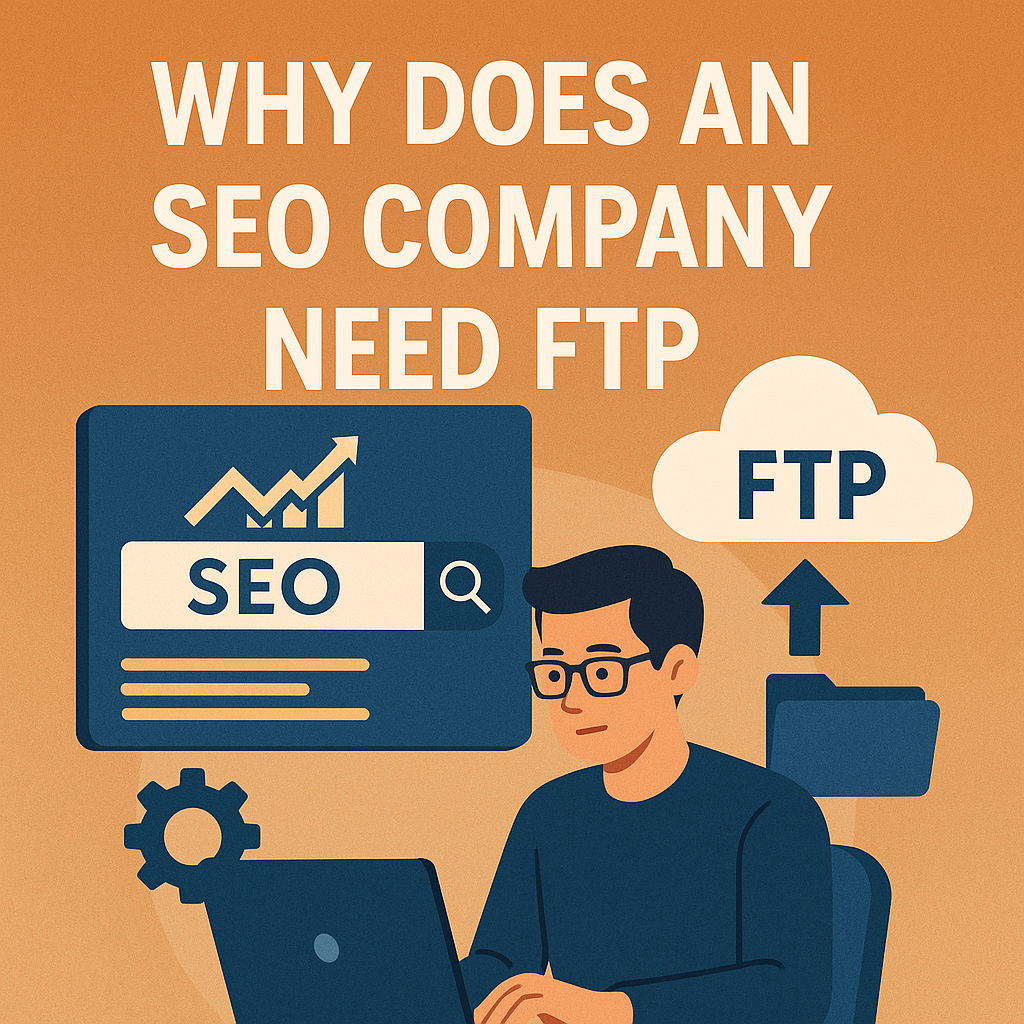

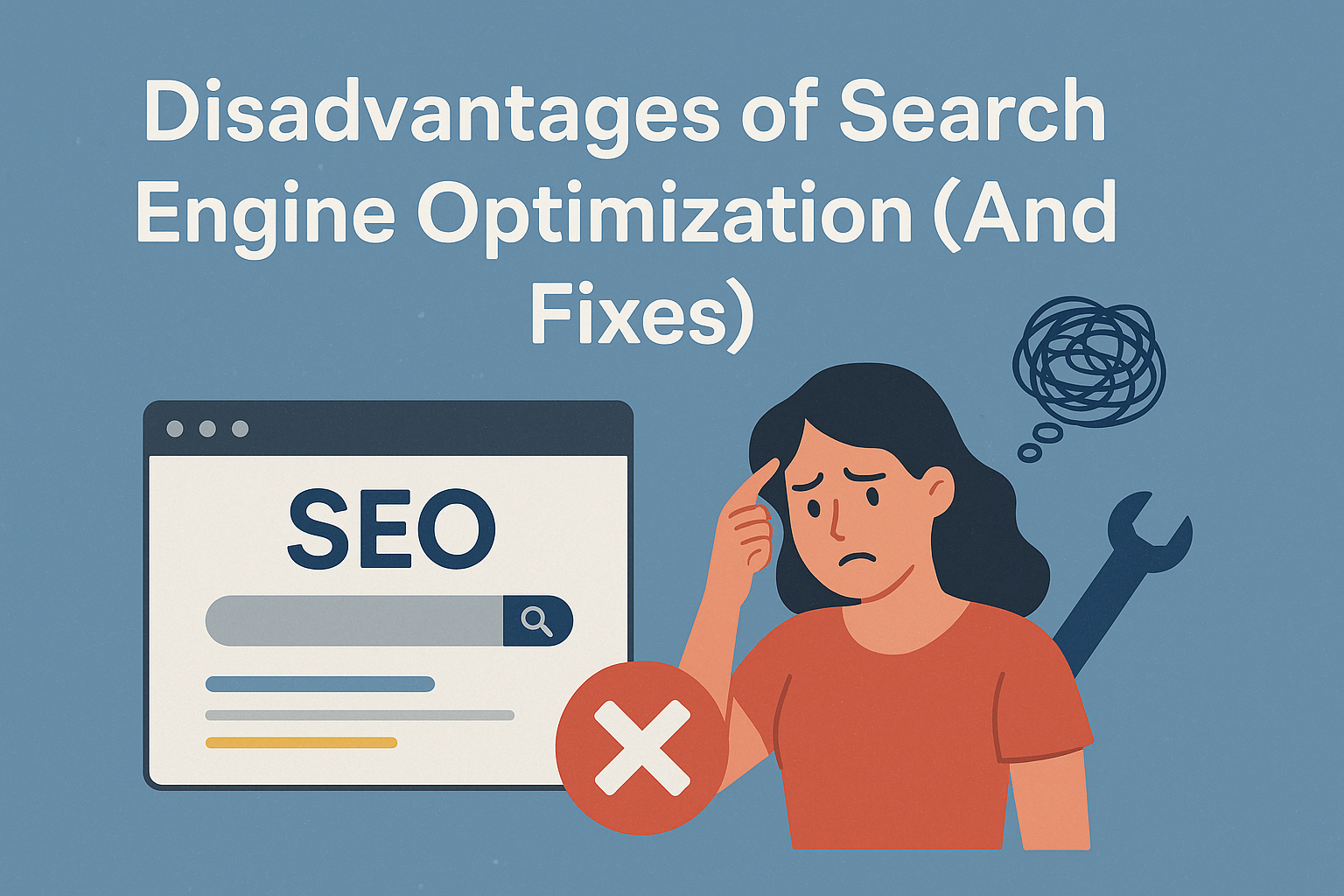
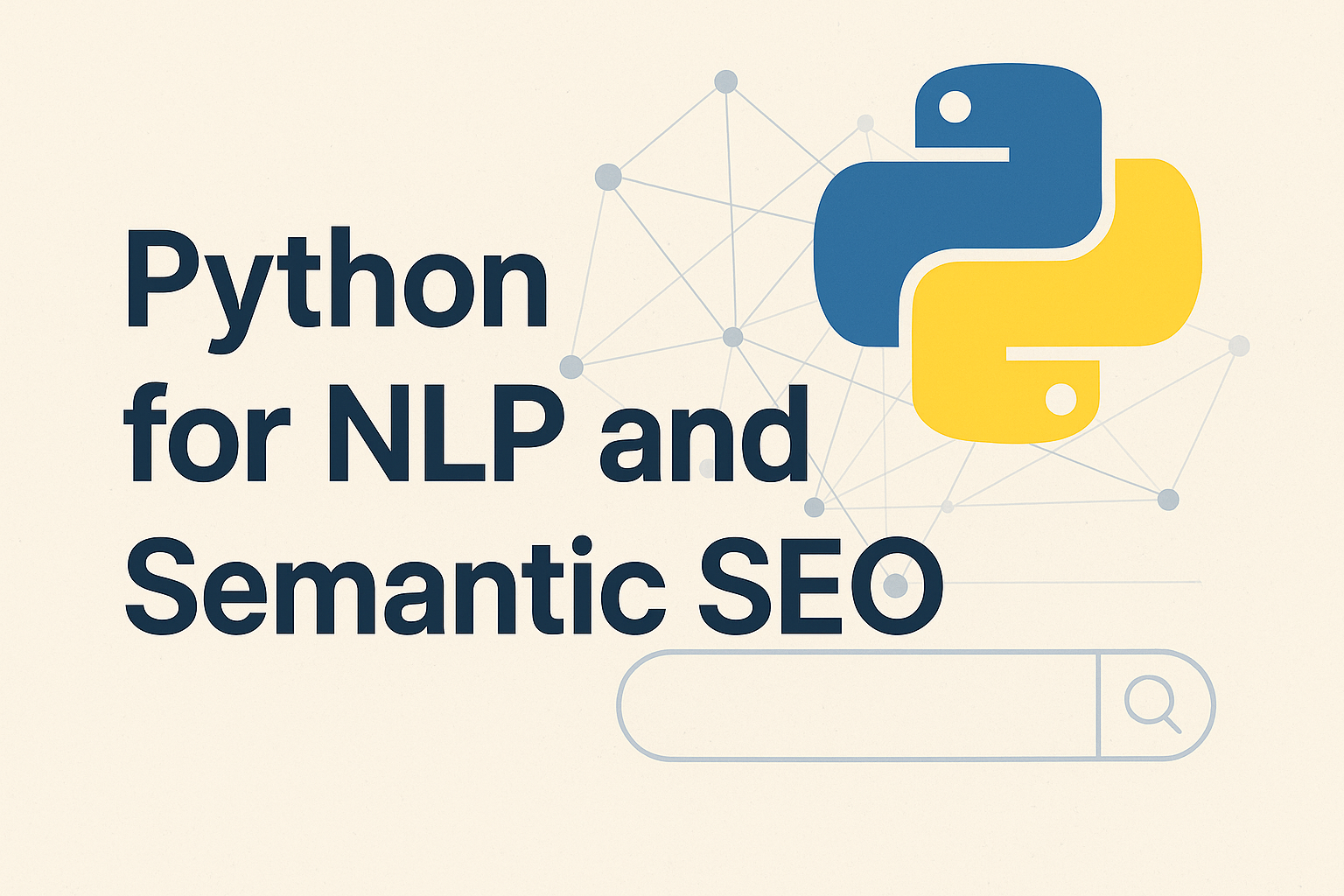
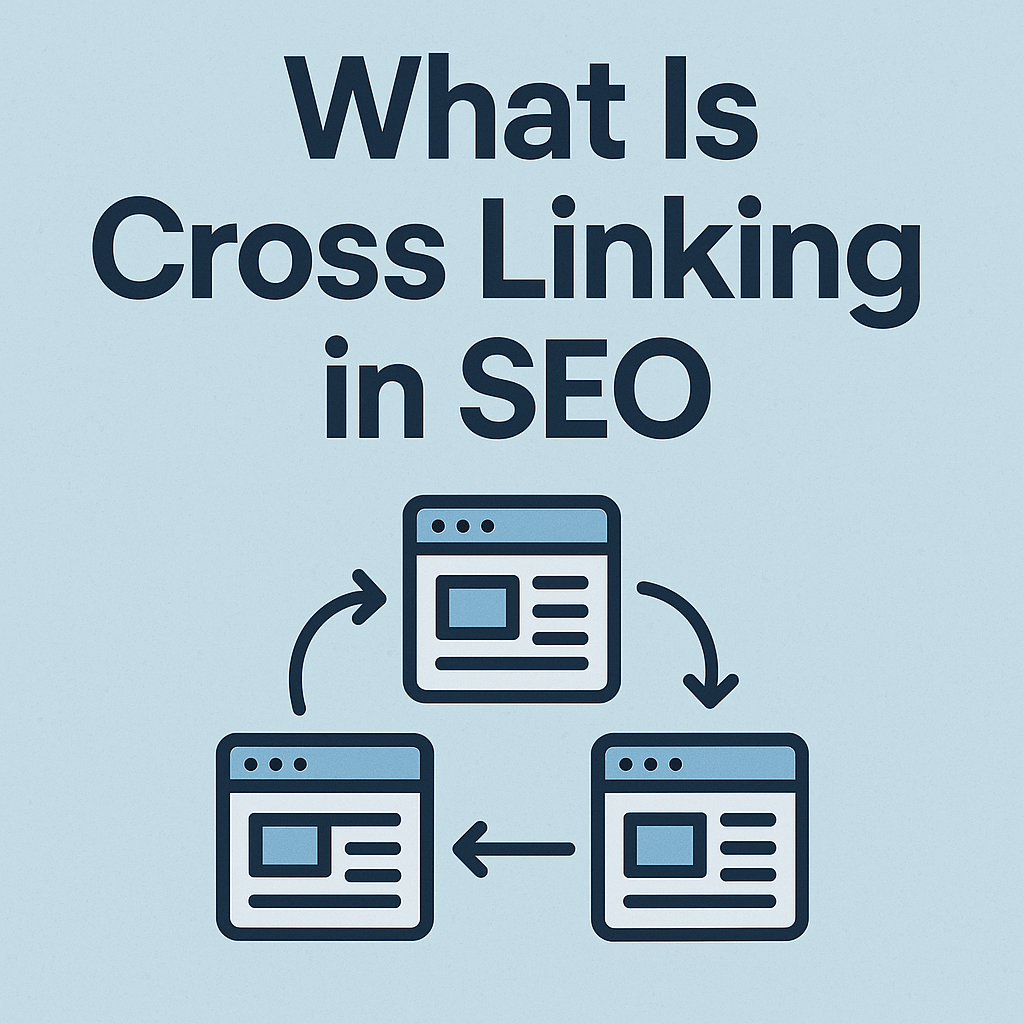



![How Many Outbound Links Per Blog [2025 Updated]](https://backlinkmanagement.io/wp-content/uploads/2025/06/How-Many-Outbound-Links-Per-Blog.png)
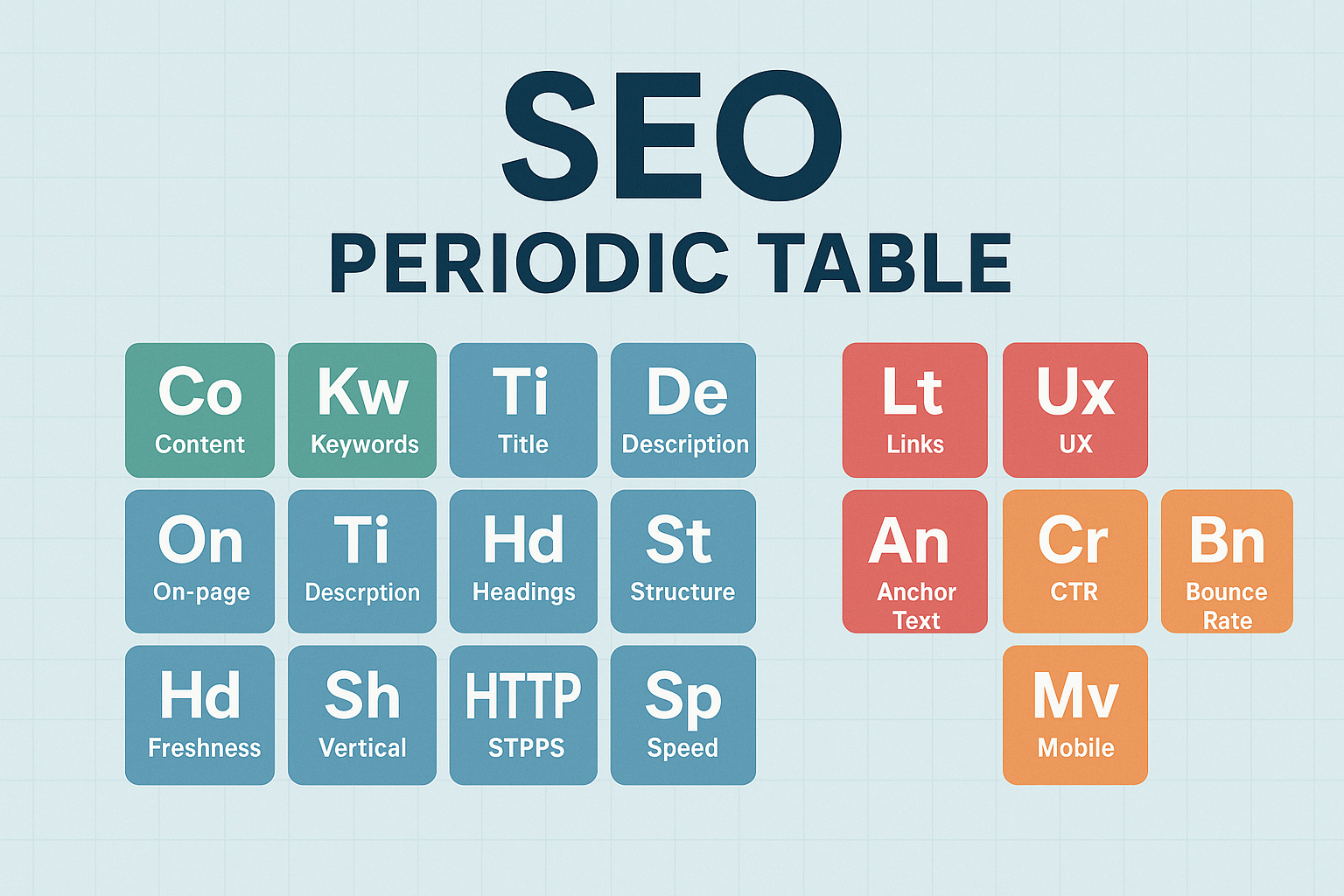

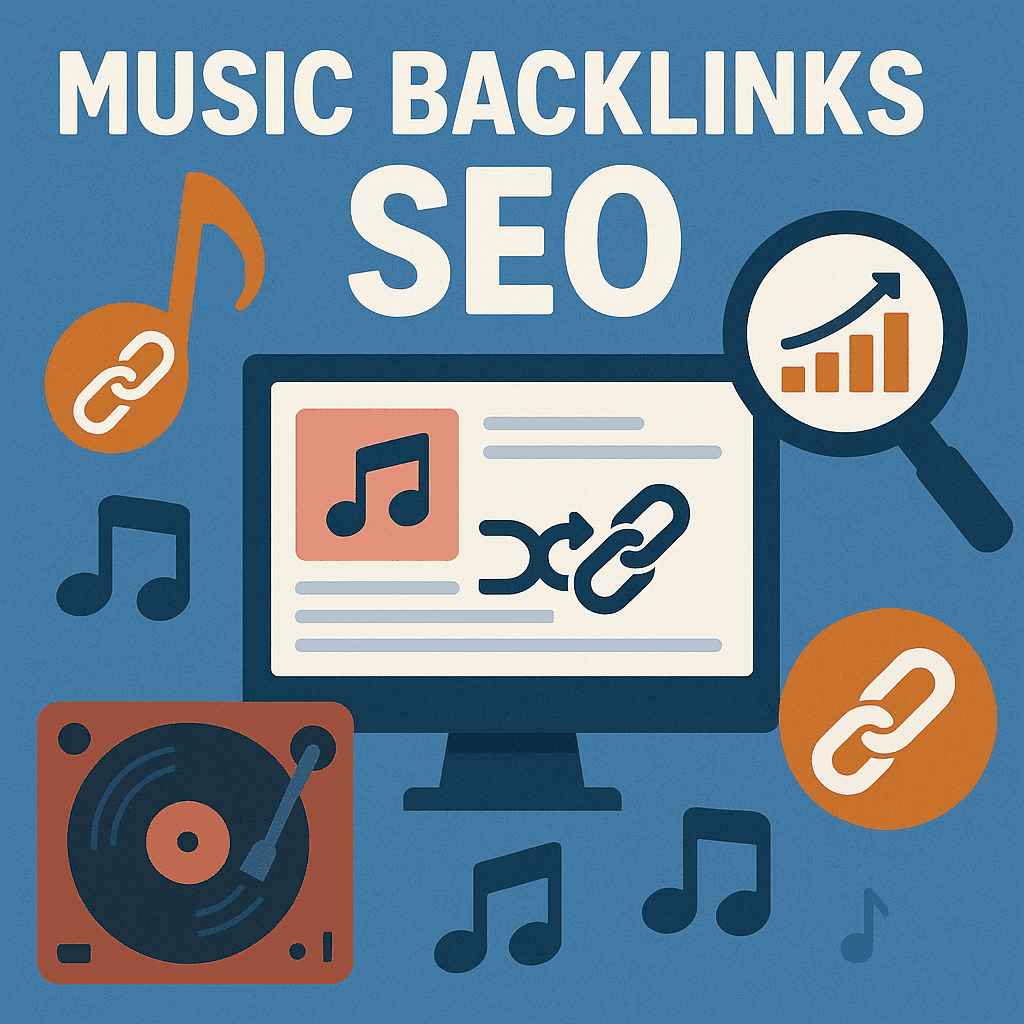
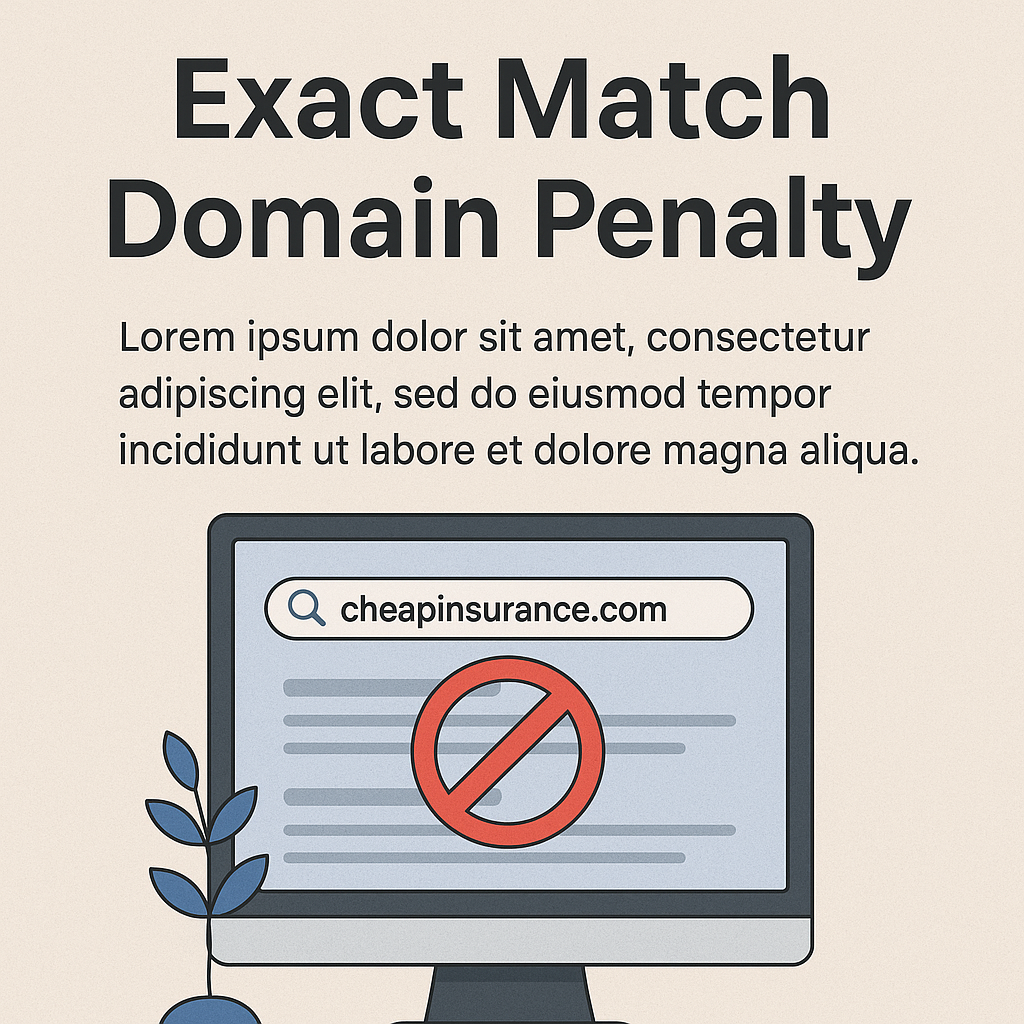
![B2B and B2C Website Examples [2025 Updated]](https://backlinkmanagement.io/wp-content/uploads/2025/05/B2B-and-B2C-Website-Example-.png)
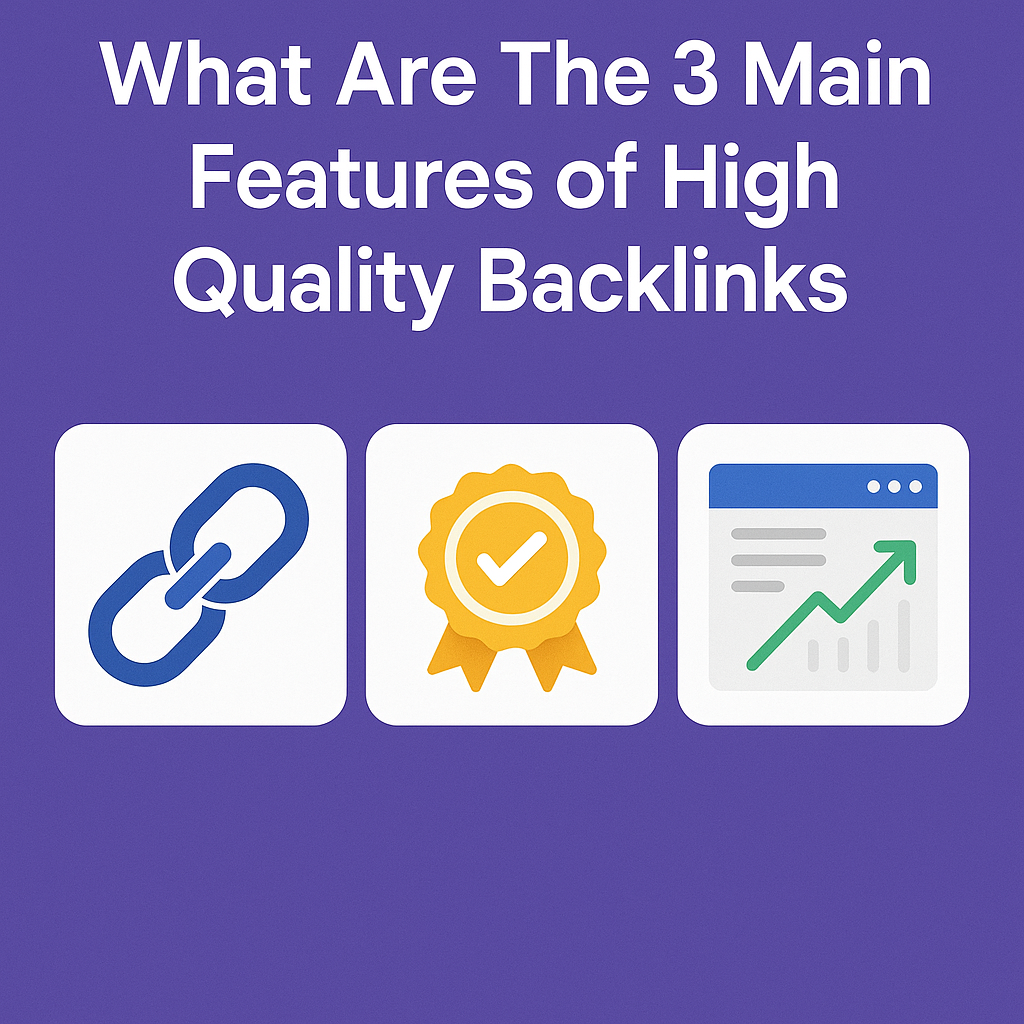
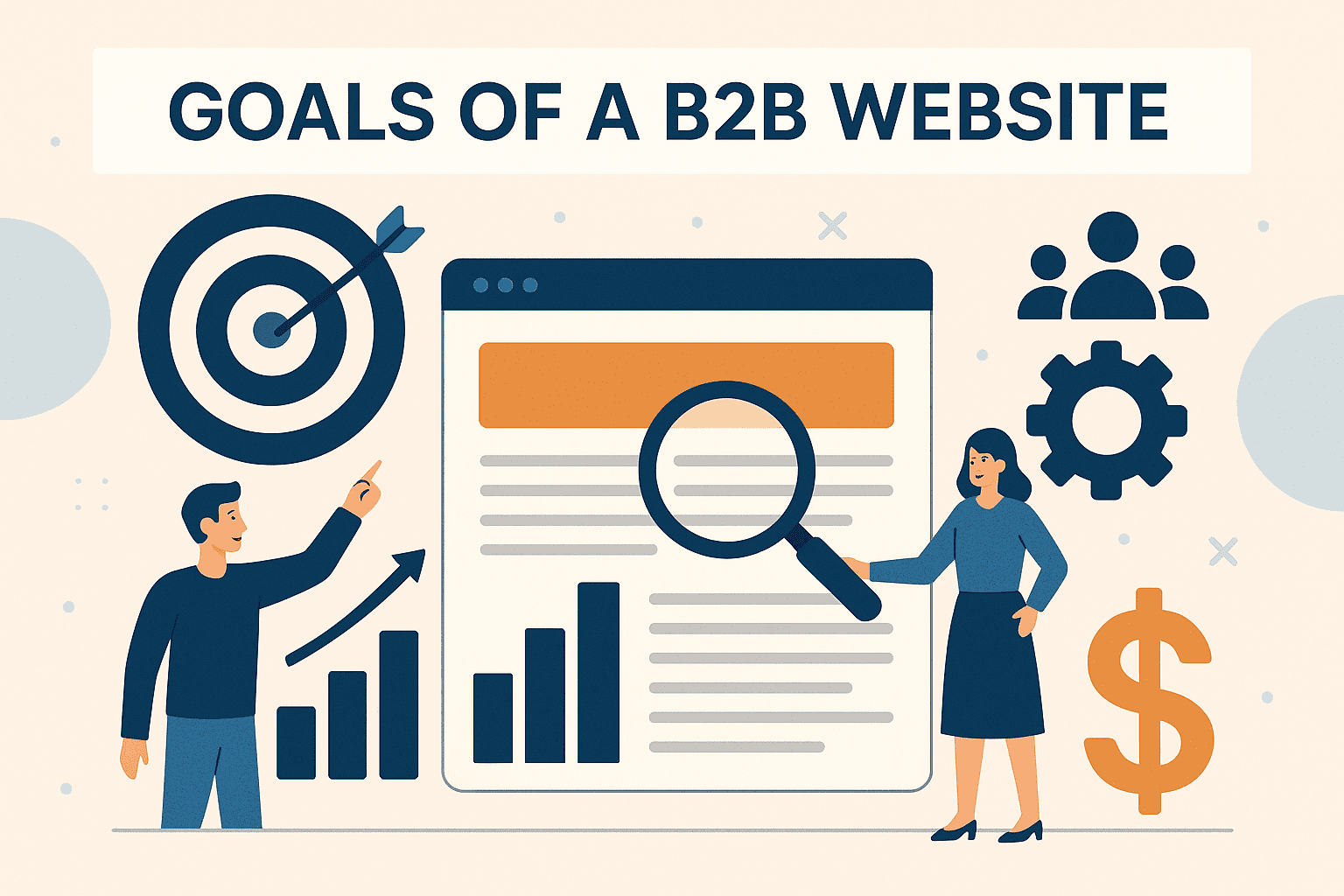

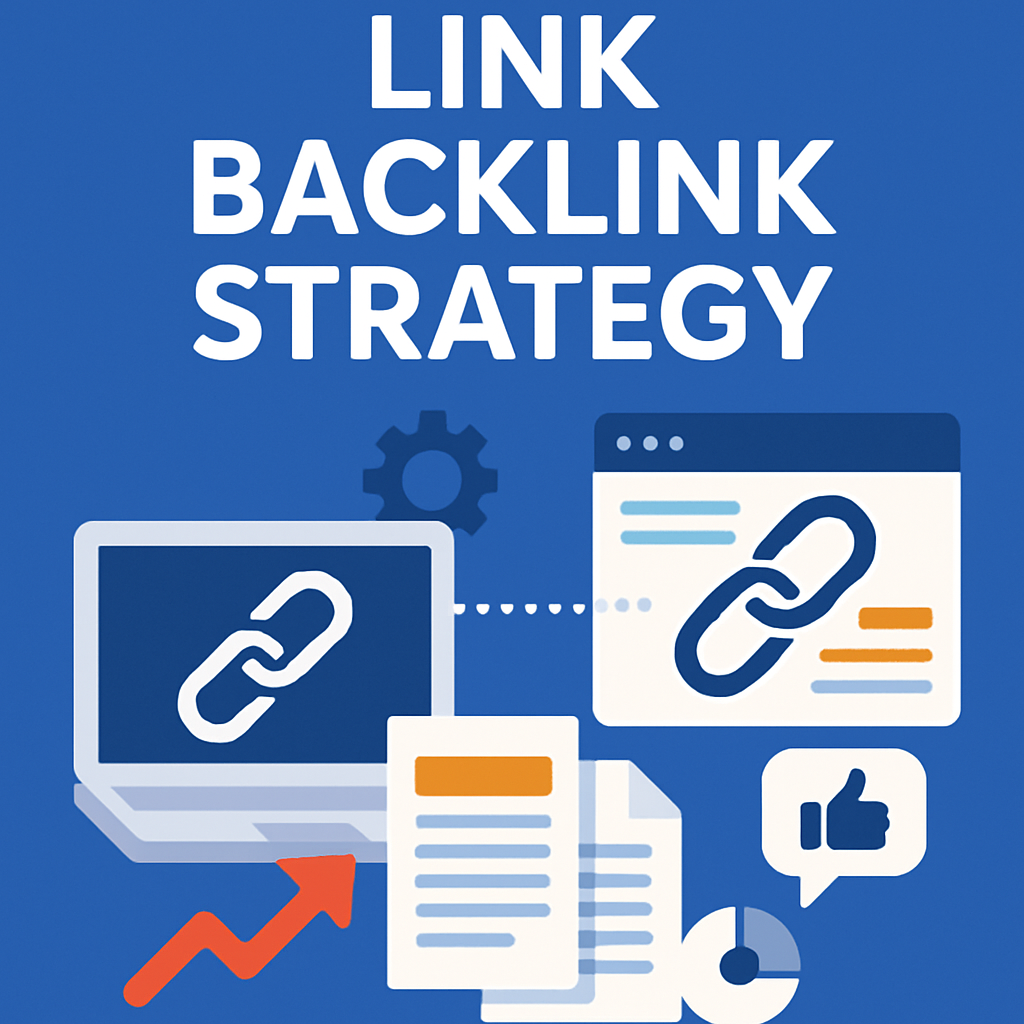
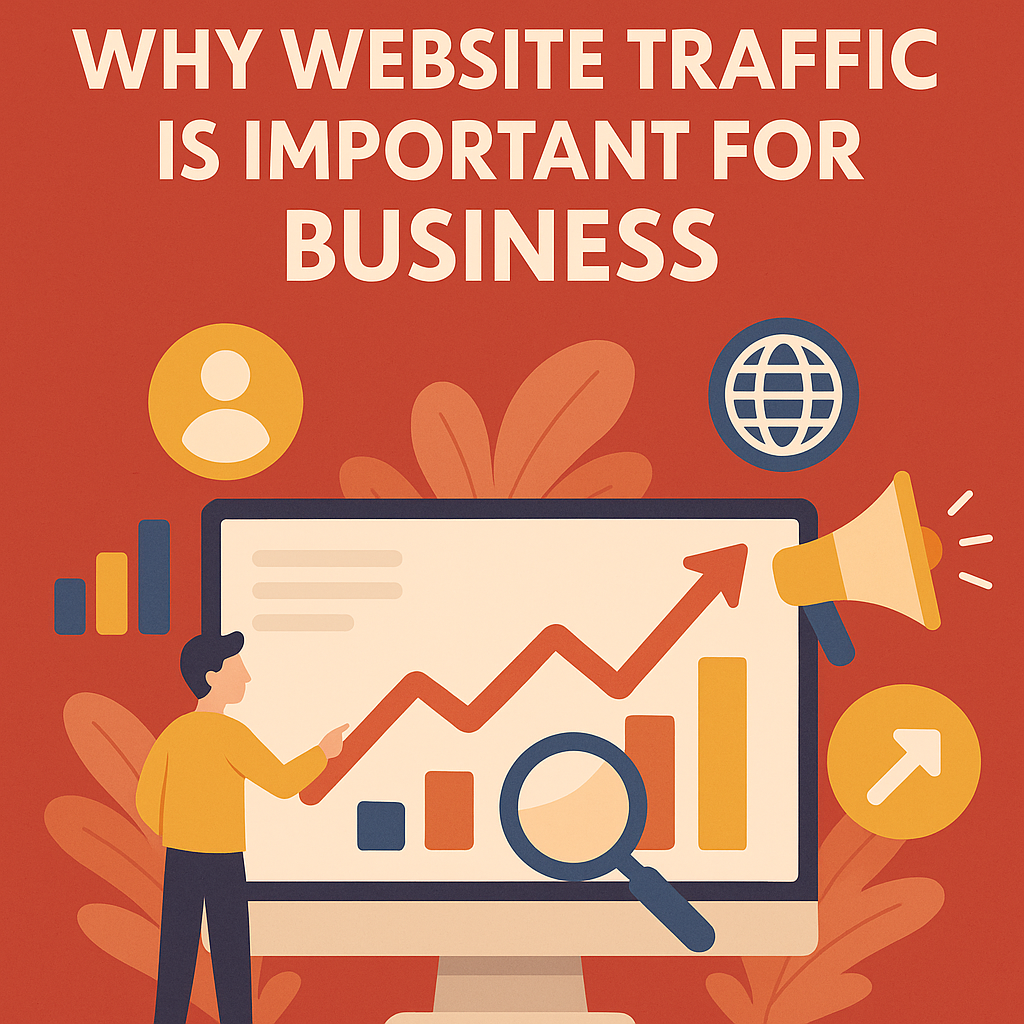
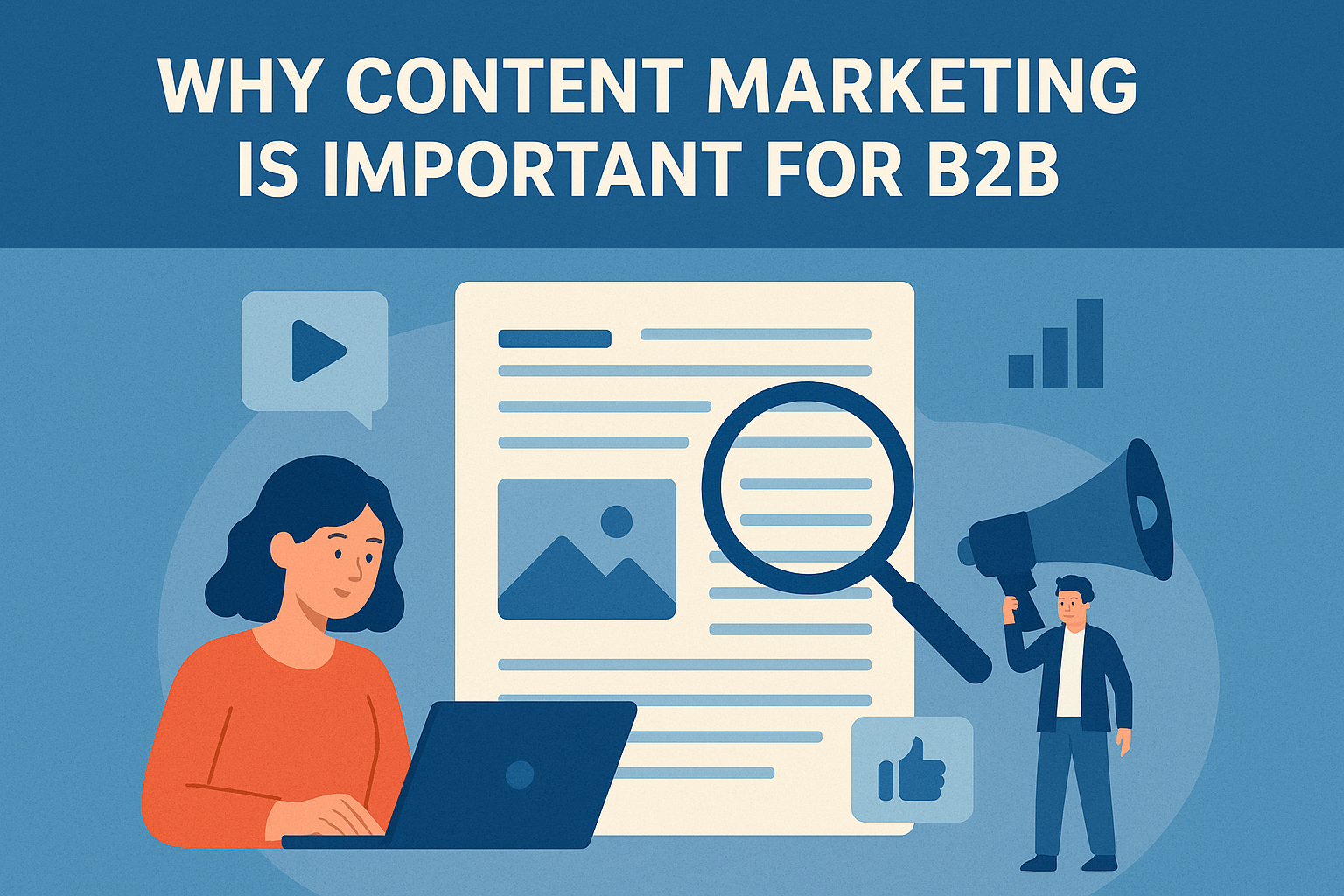
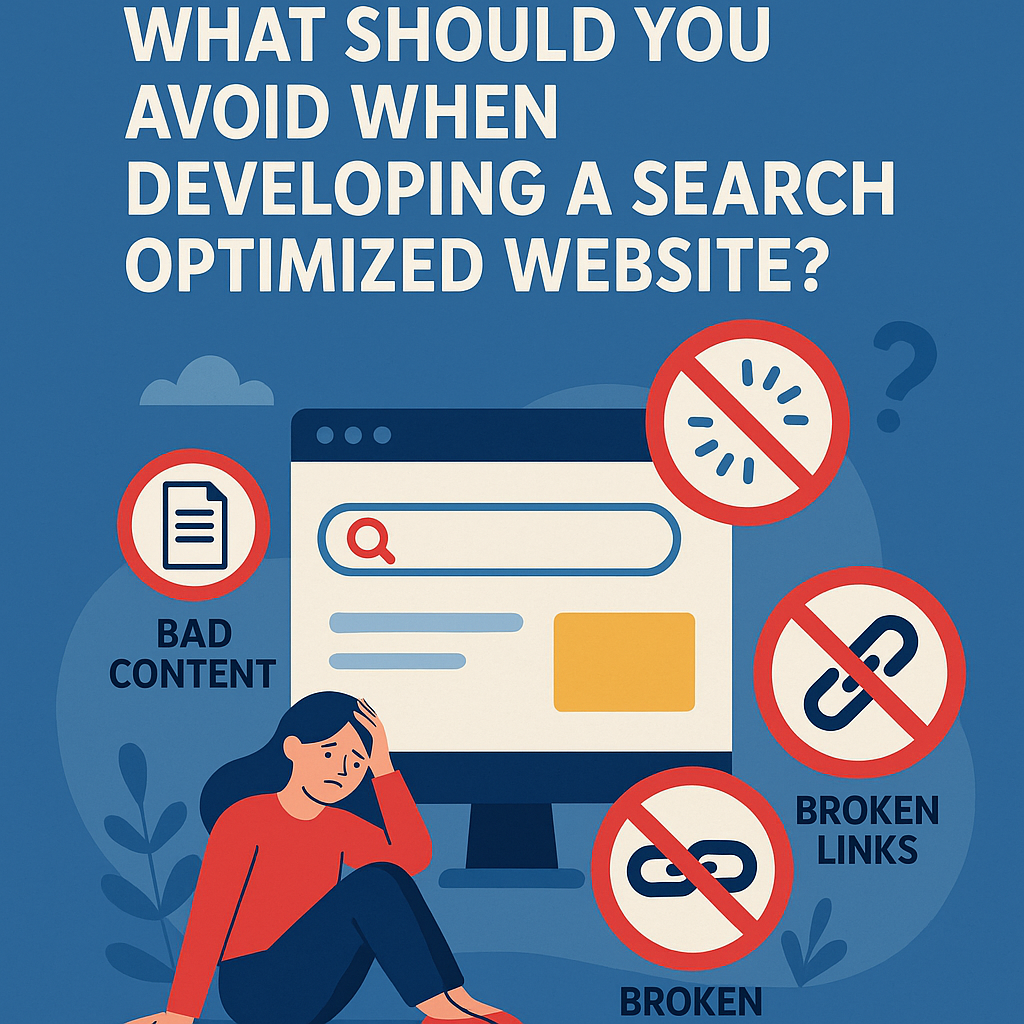


![What To Do After Keyword Research [2025 Guide]](https://backlinkmanagement.io/wp-content/uploads/2025/05/What-To-Do-After-Keyword-Research.png)
![Is Page Speed Really A Ranking Factor? [2025]](https://backlinkmanagement.io/wp-content/uploads/2025/05/Is-Page-Speed-Really-A-Ranking-Factor.png)
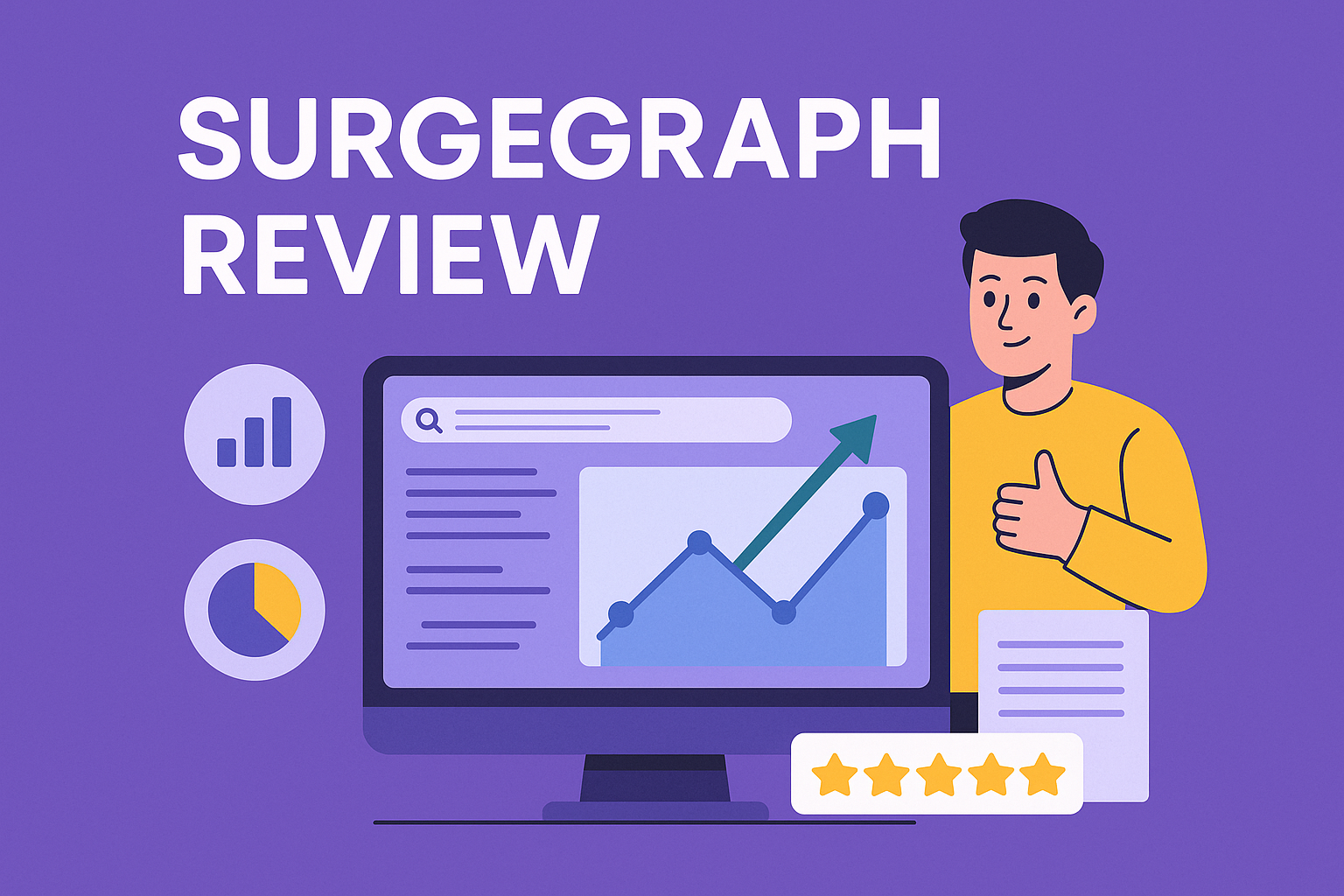
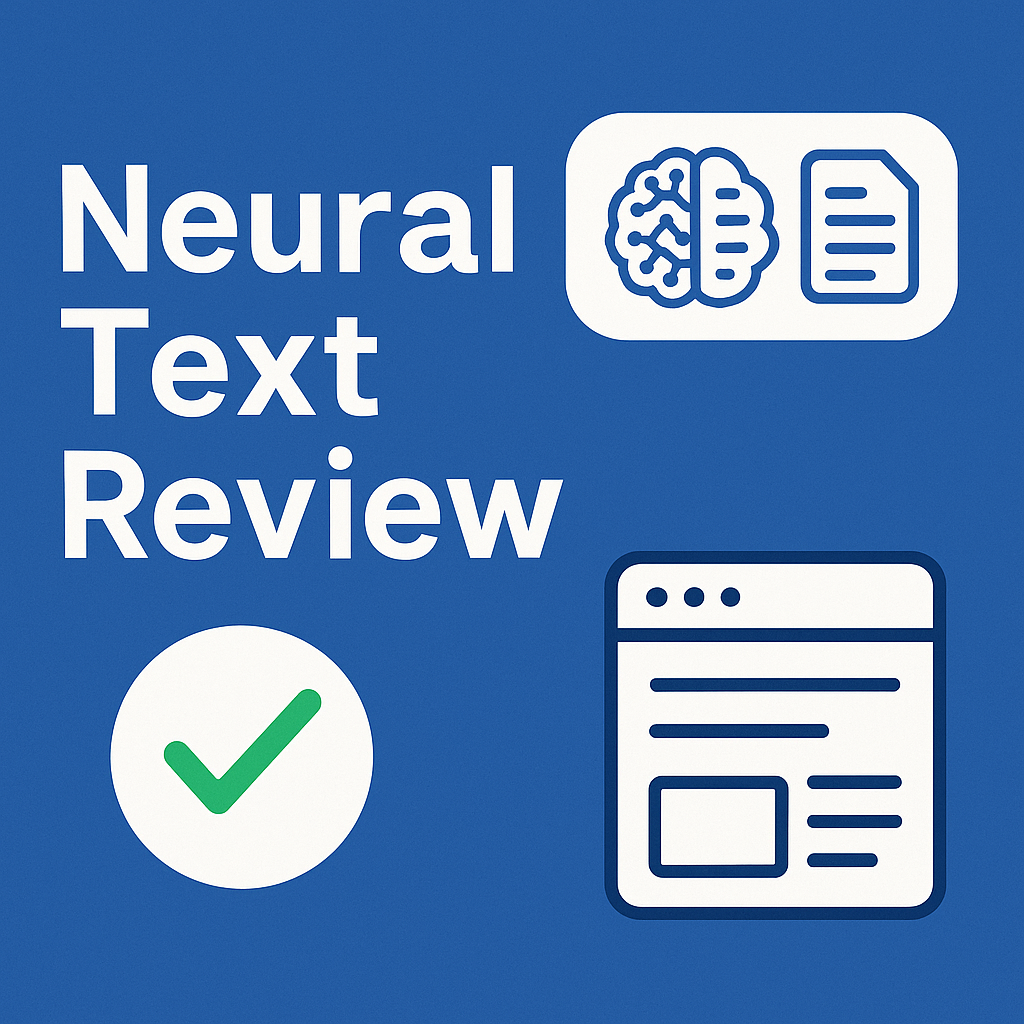

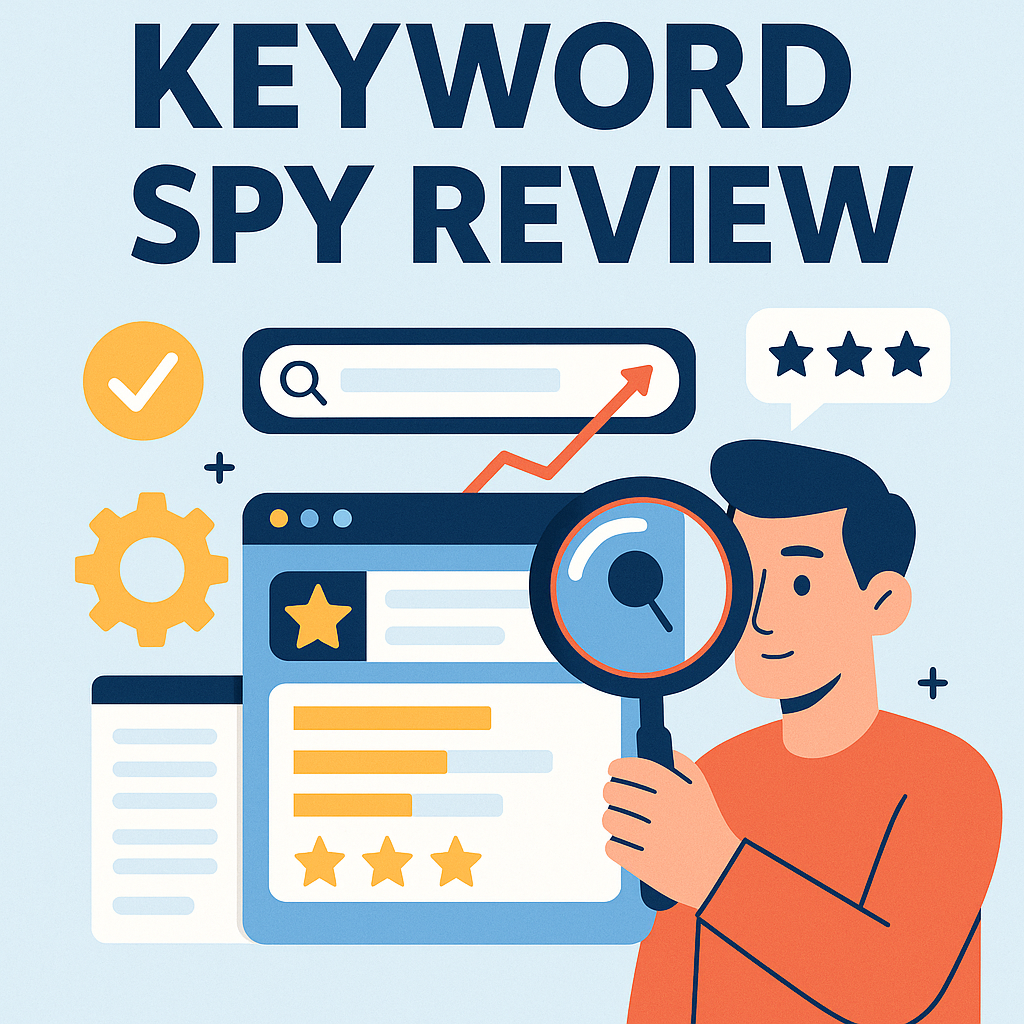




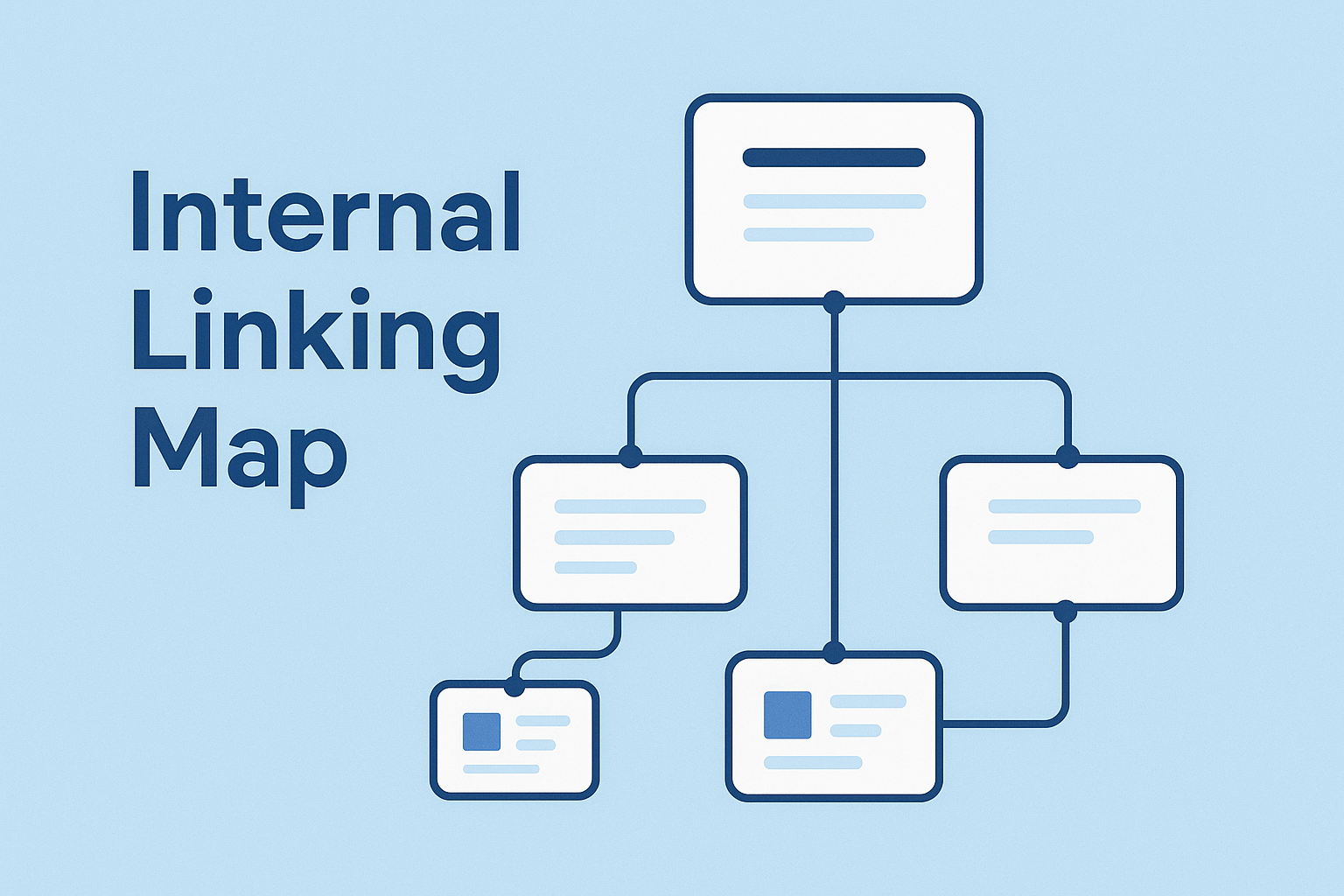

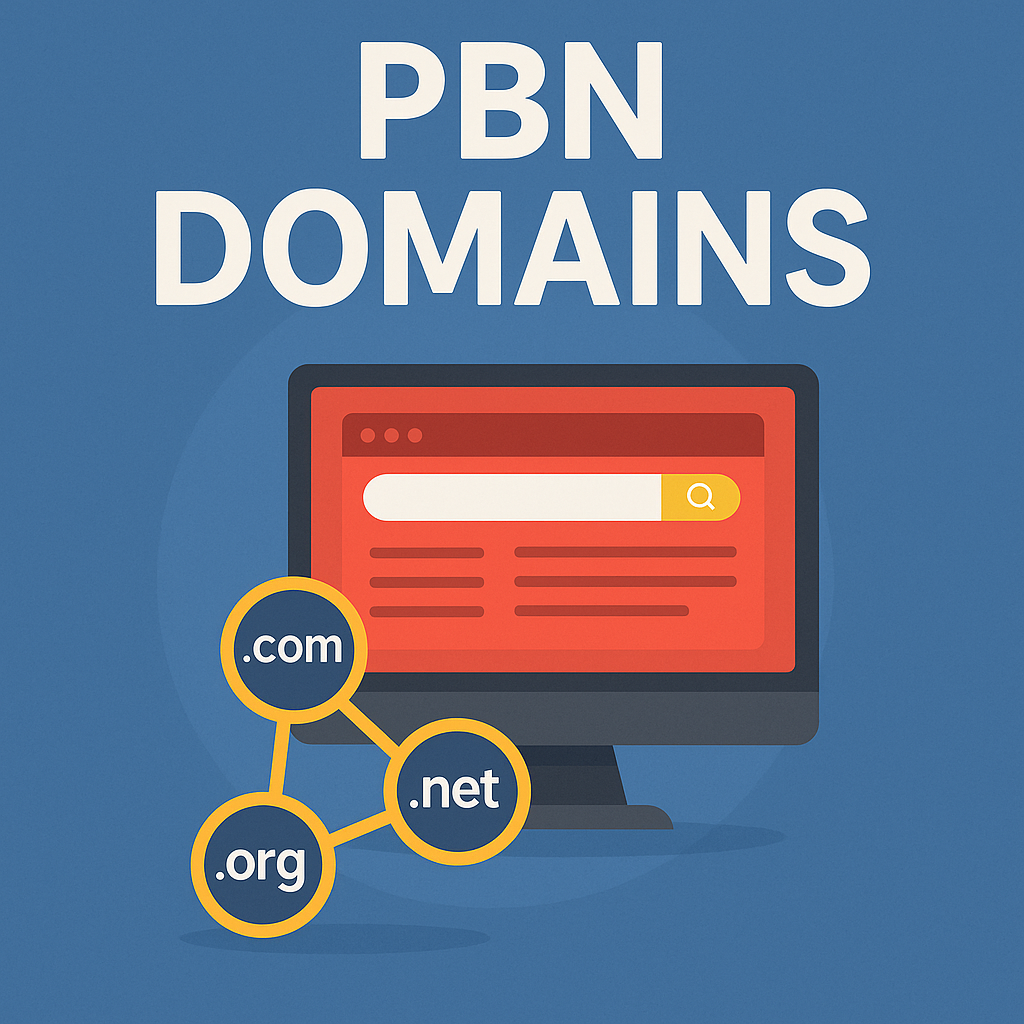
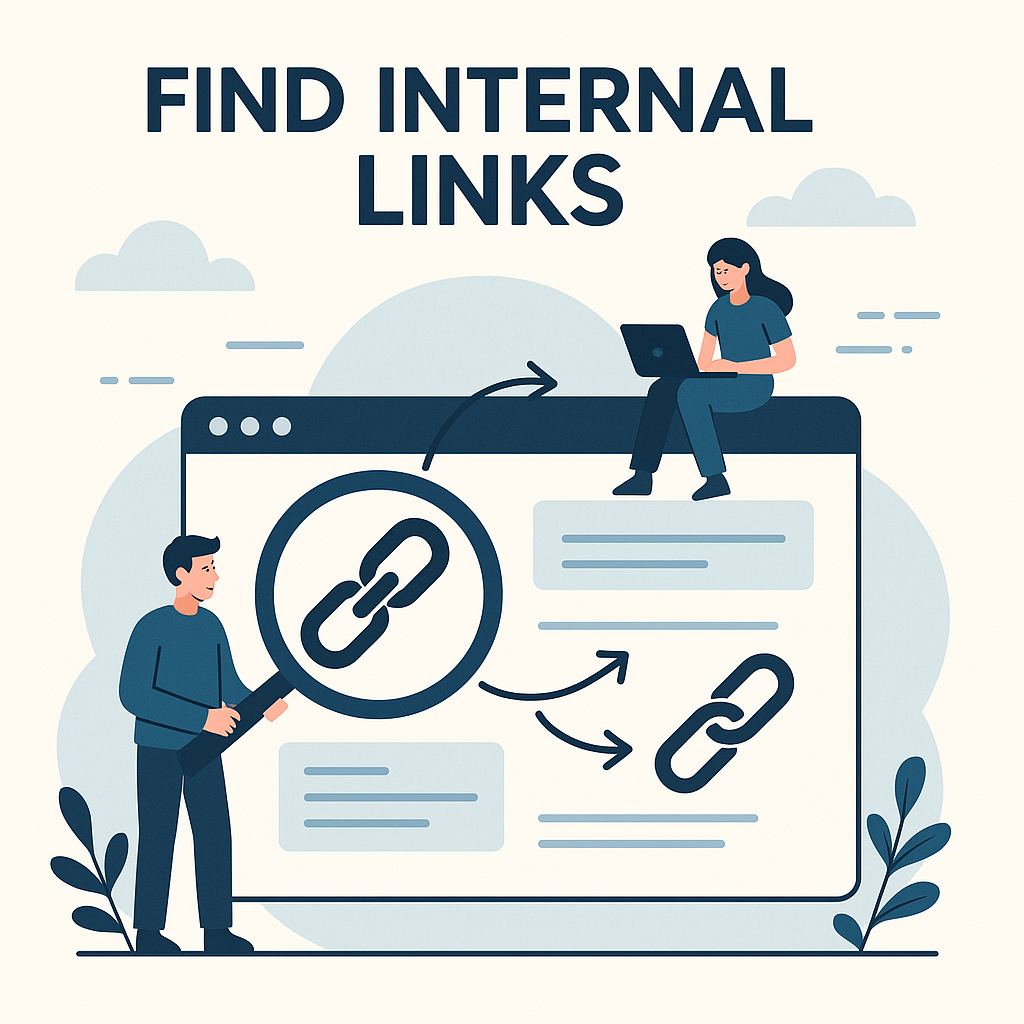
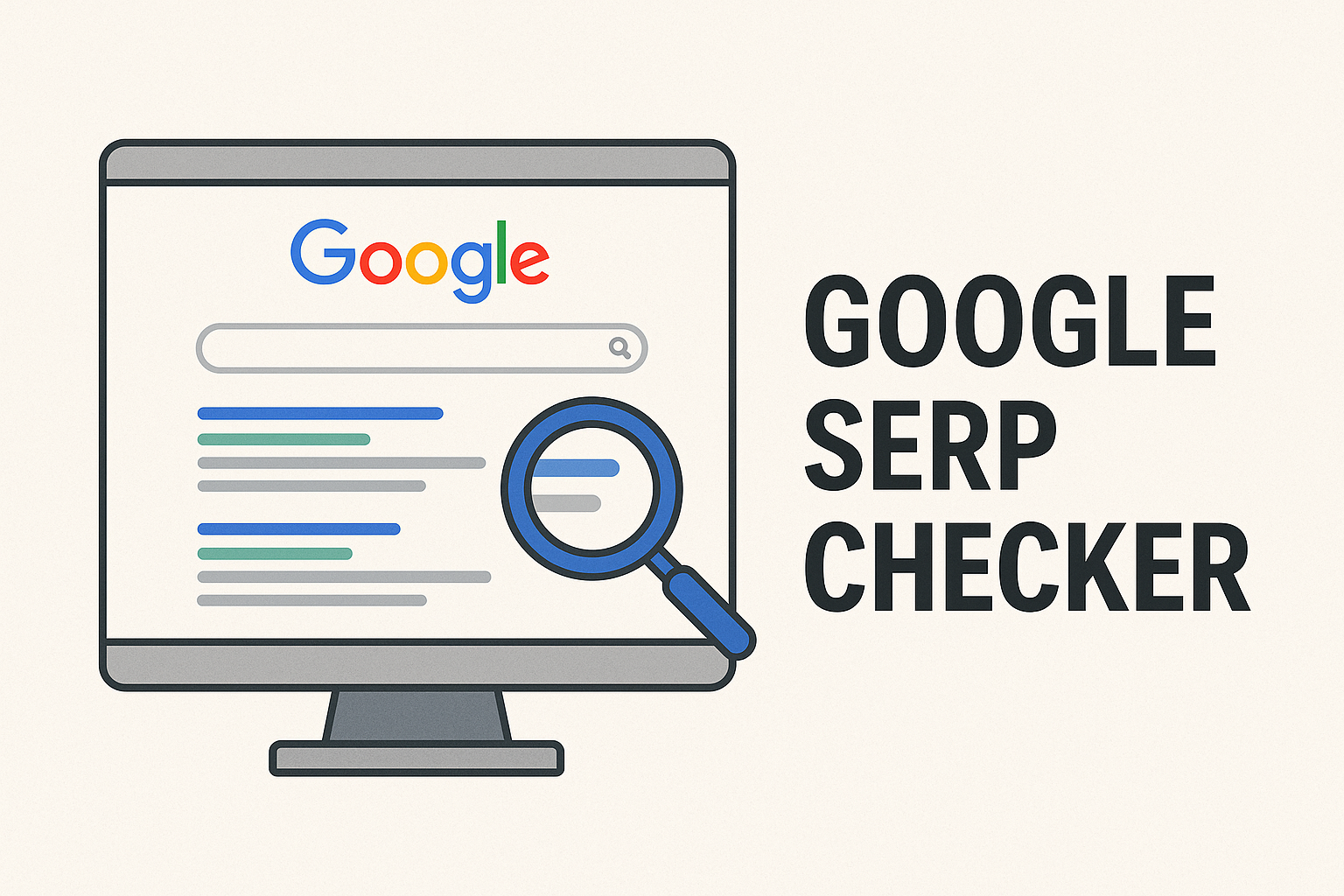
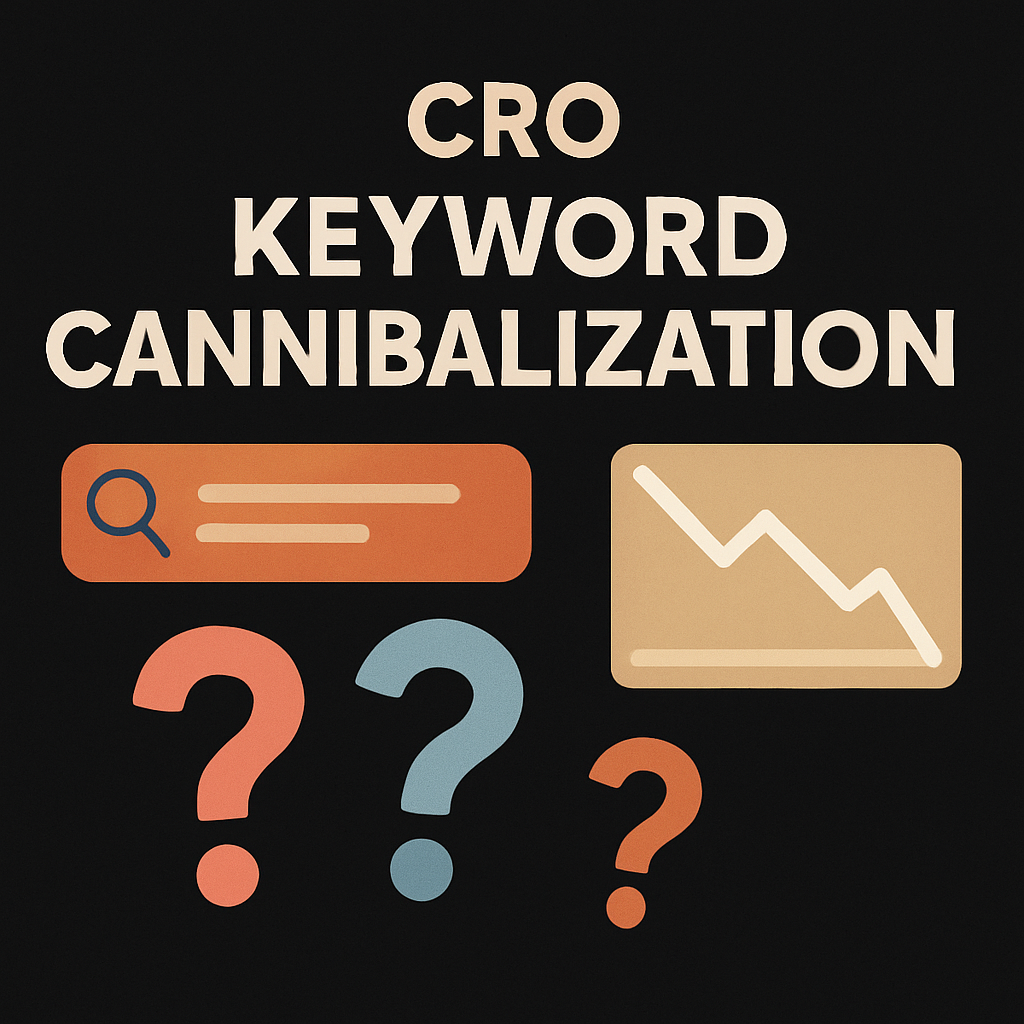


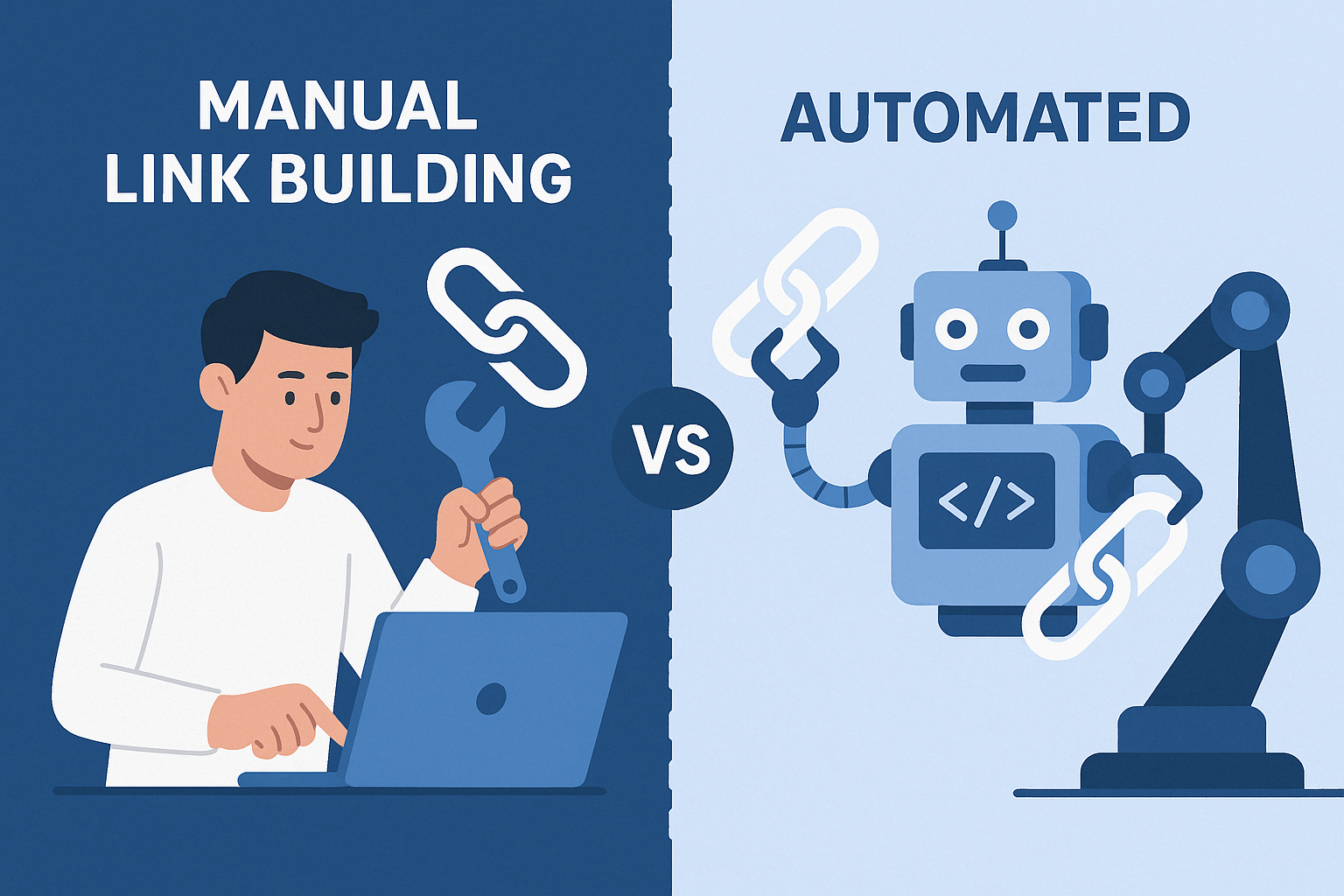



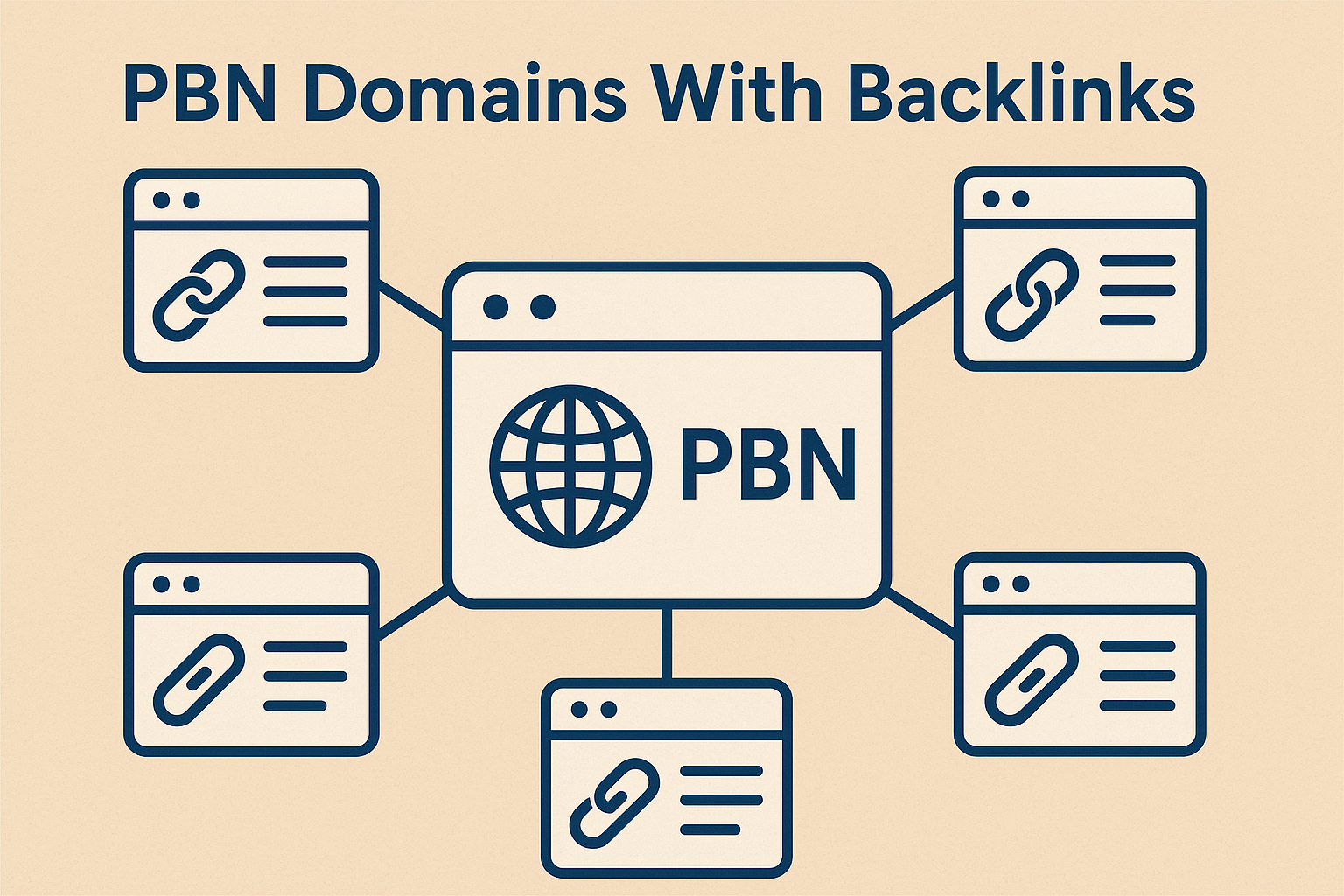
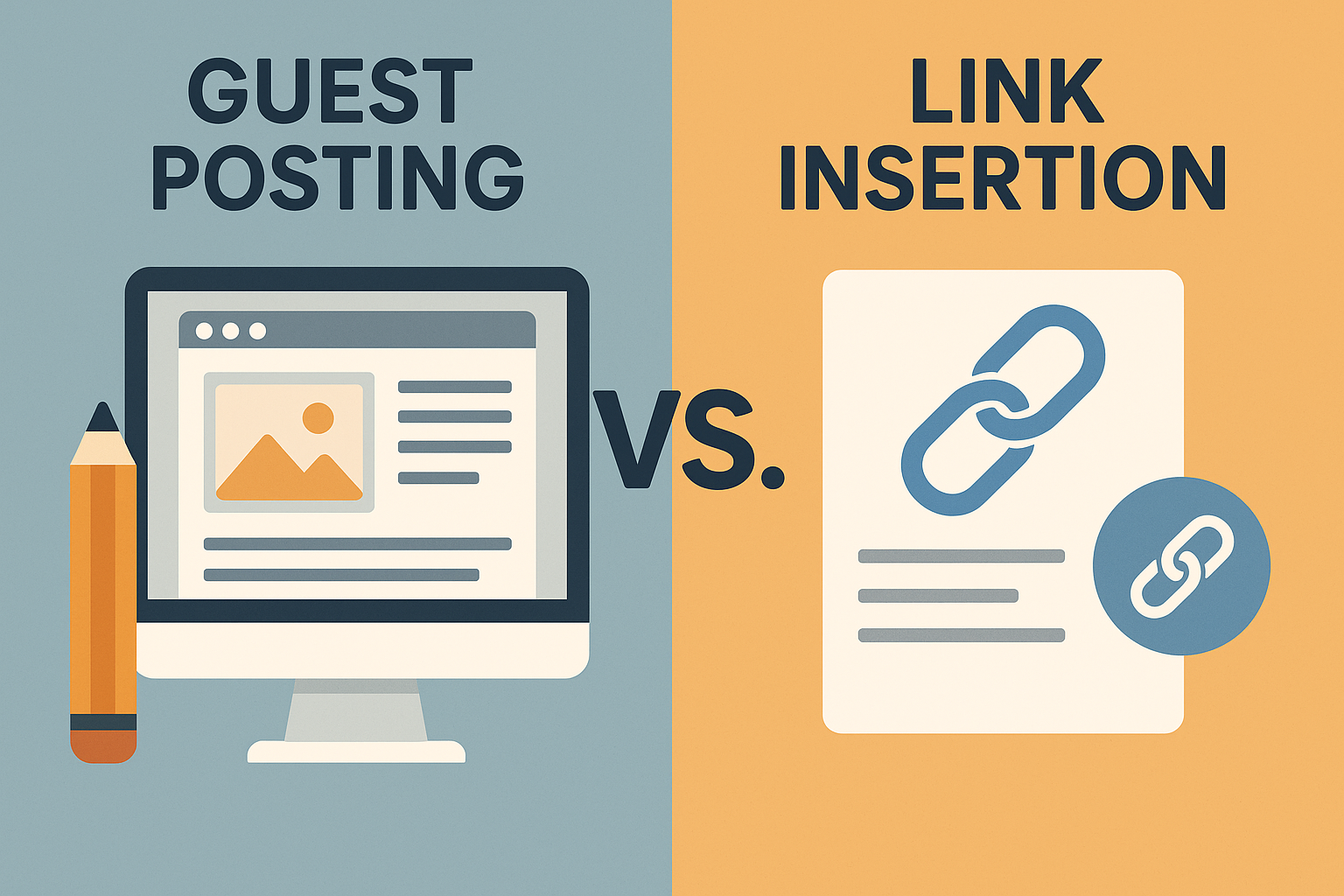
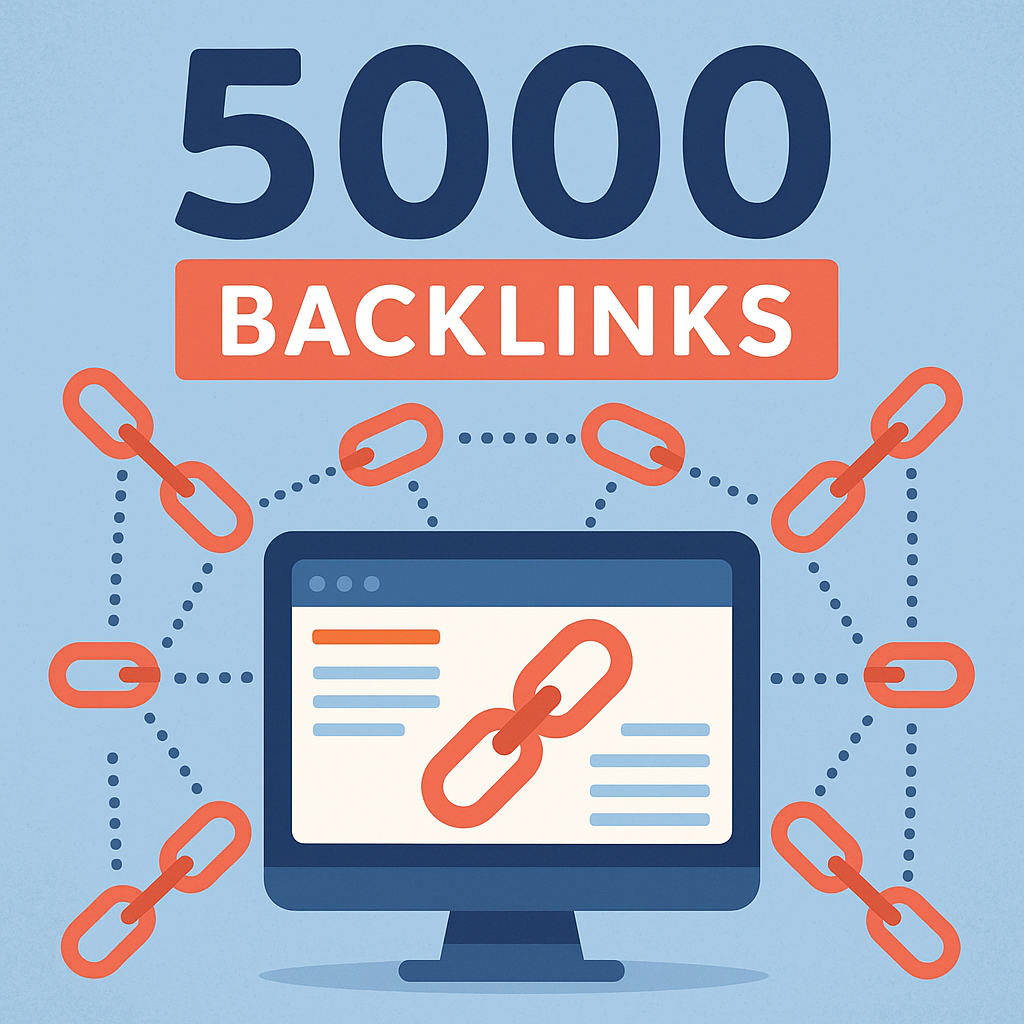
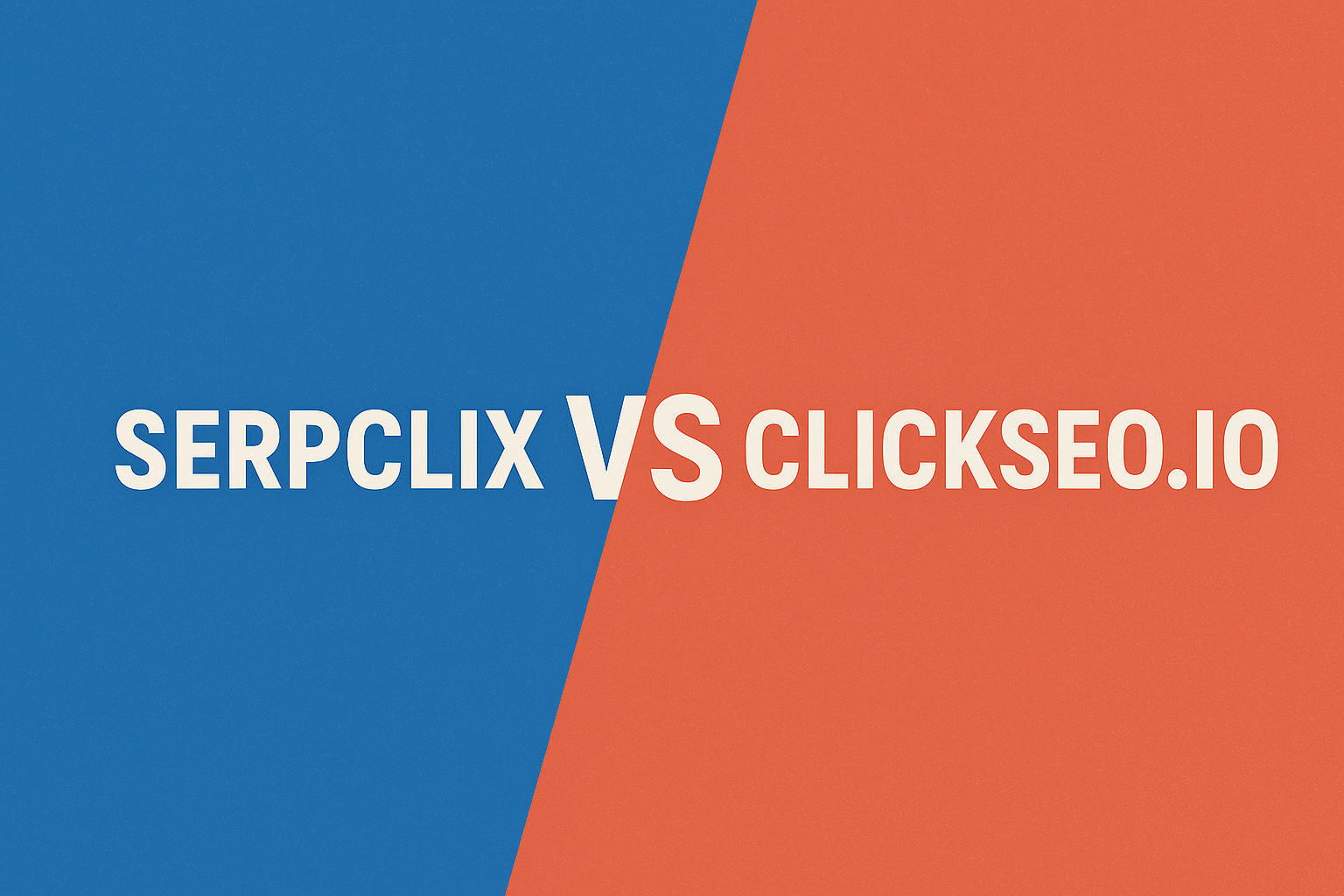

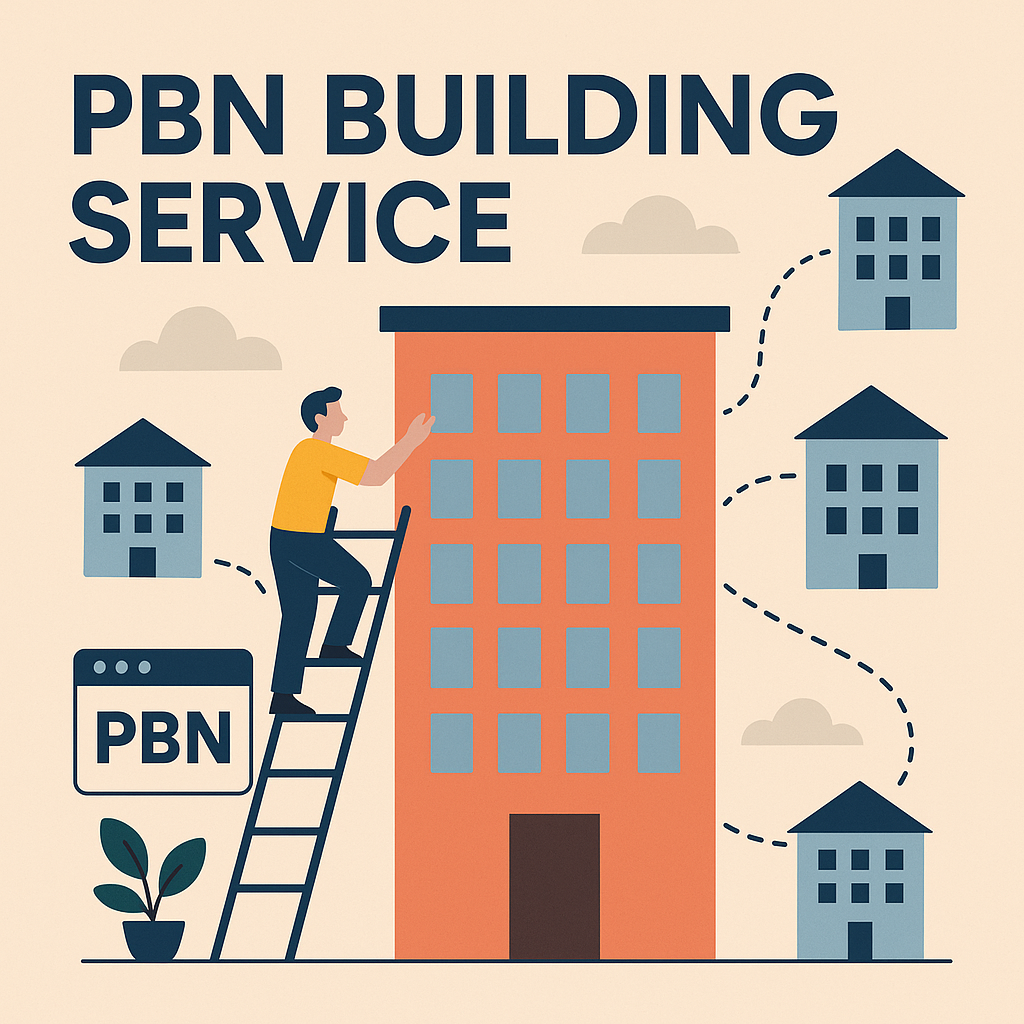
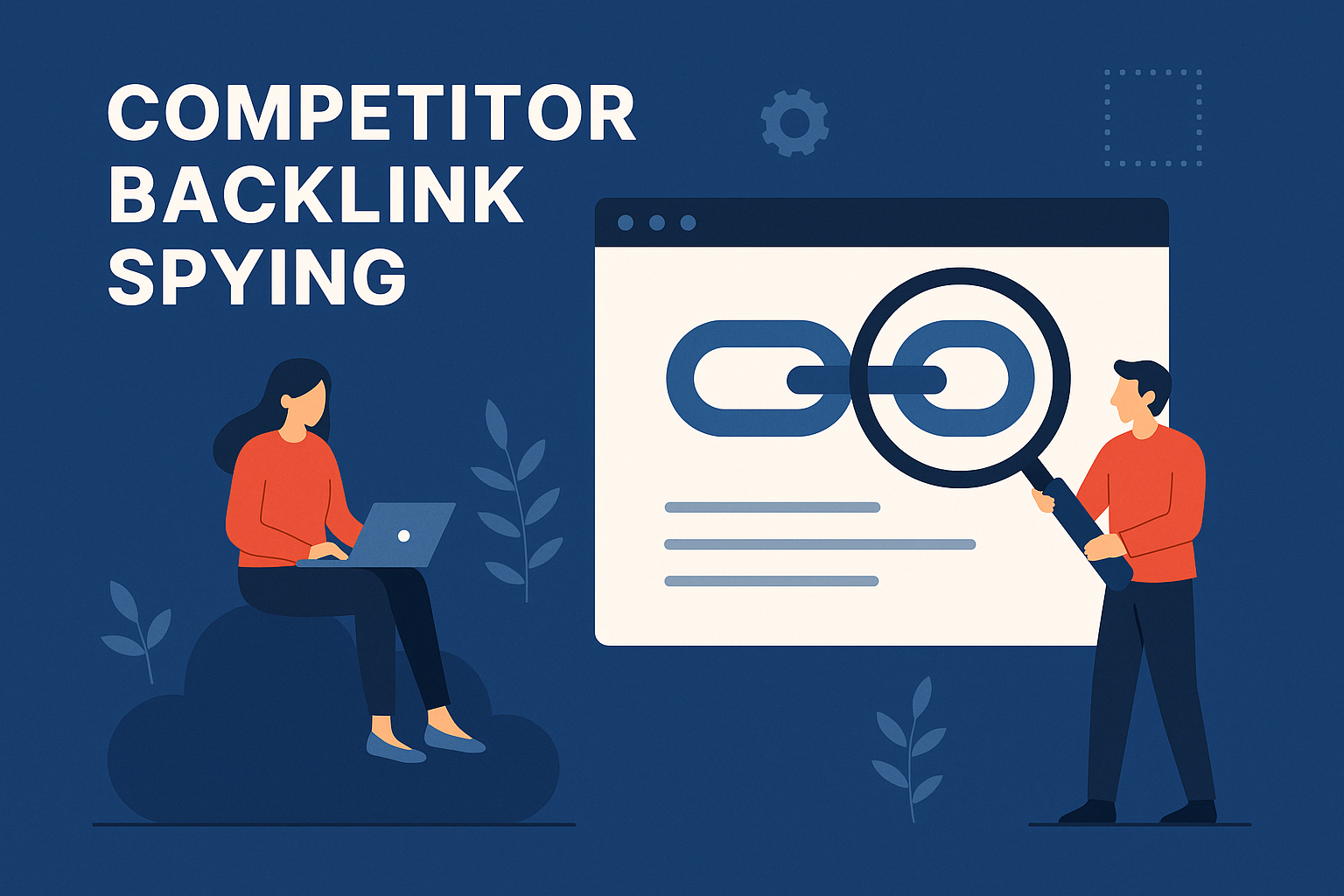


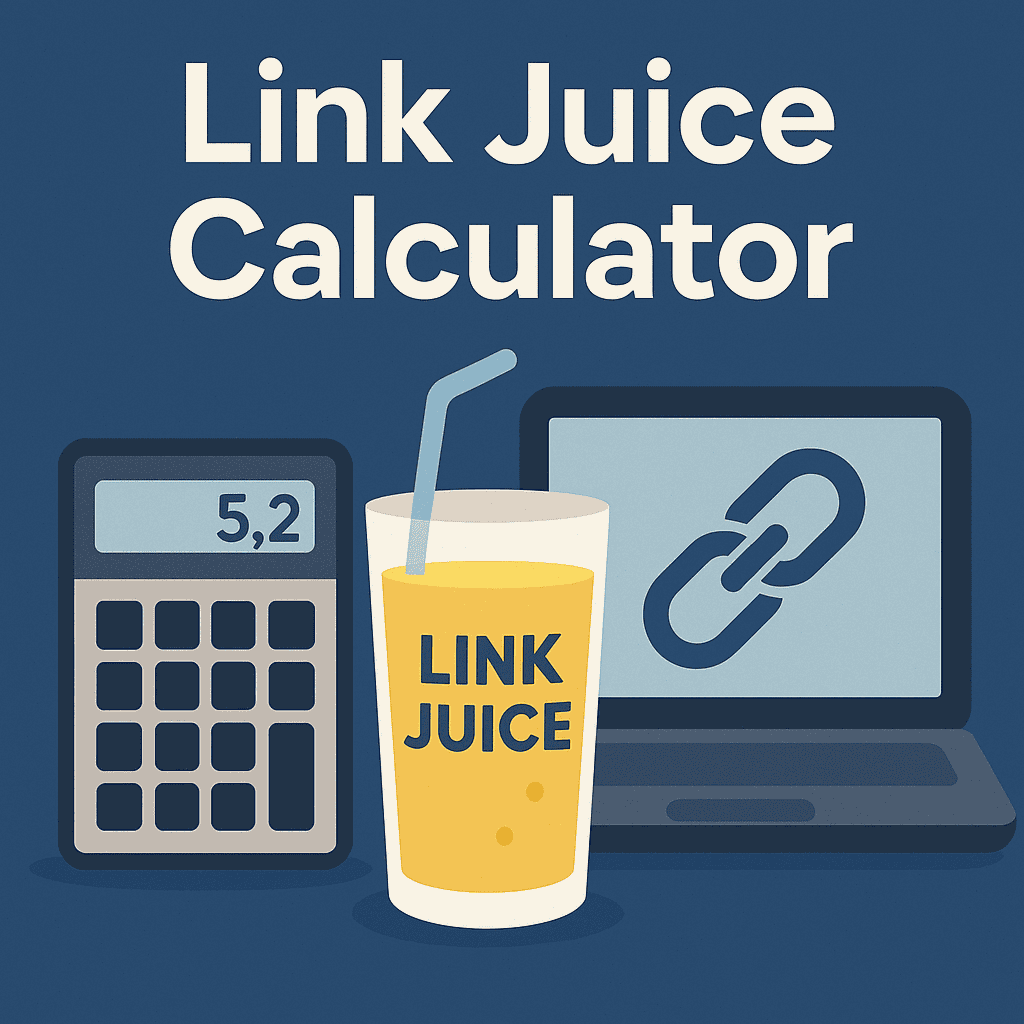


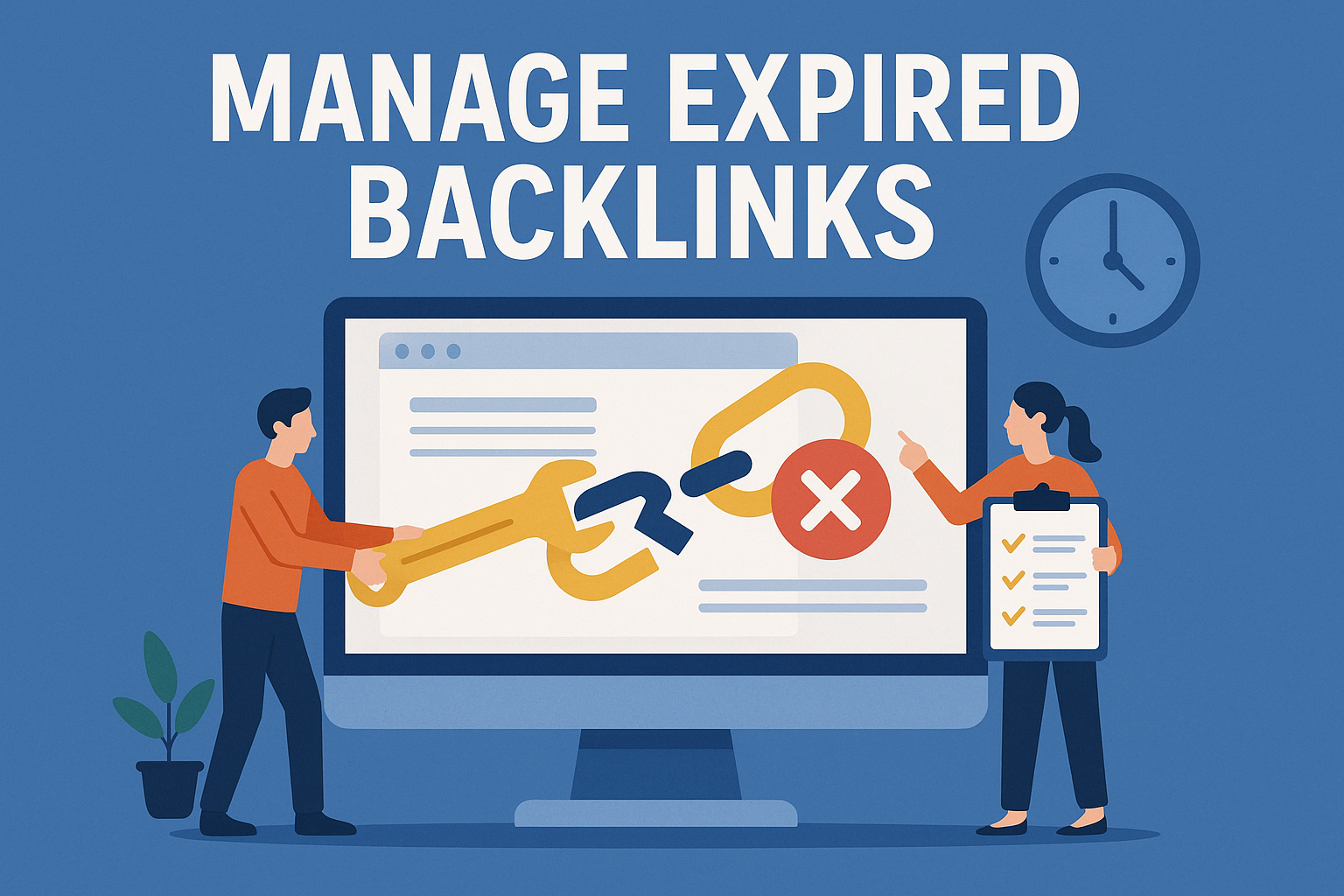

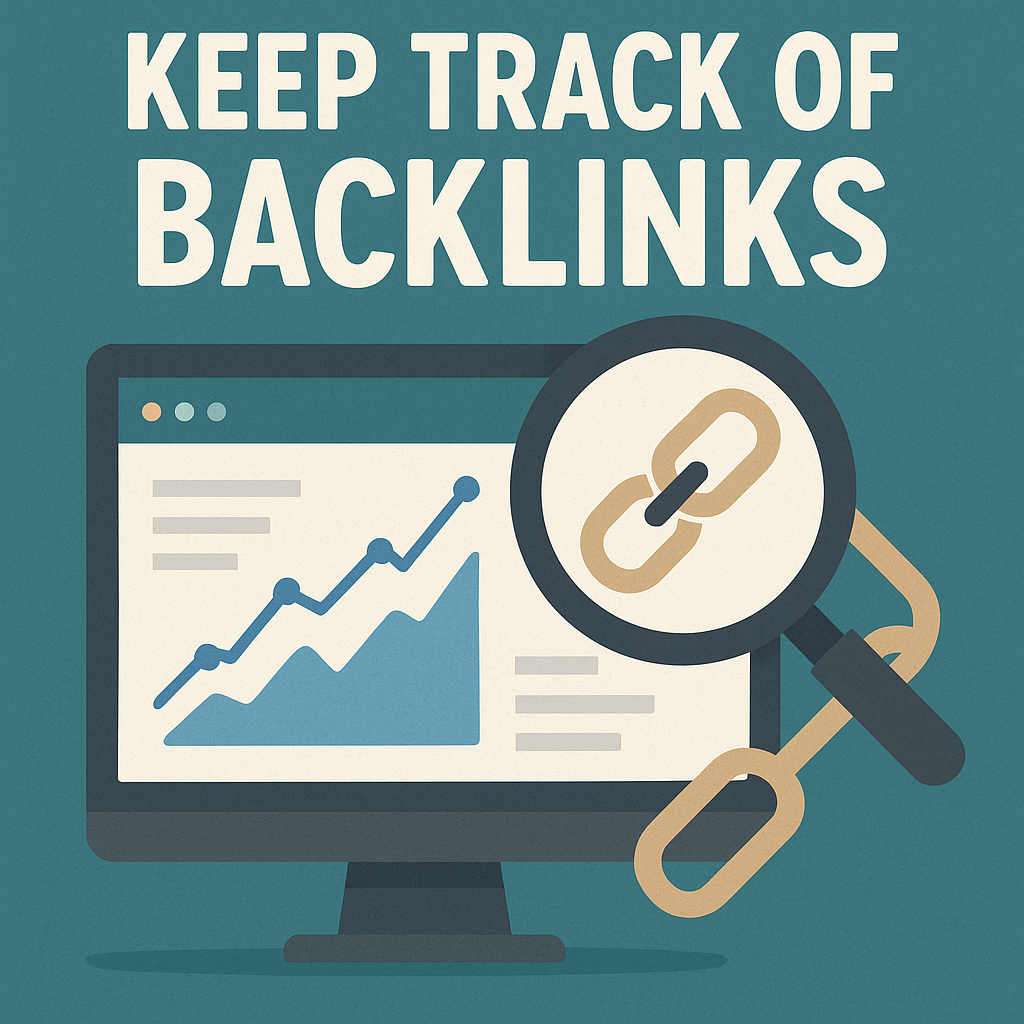
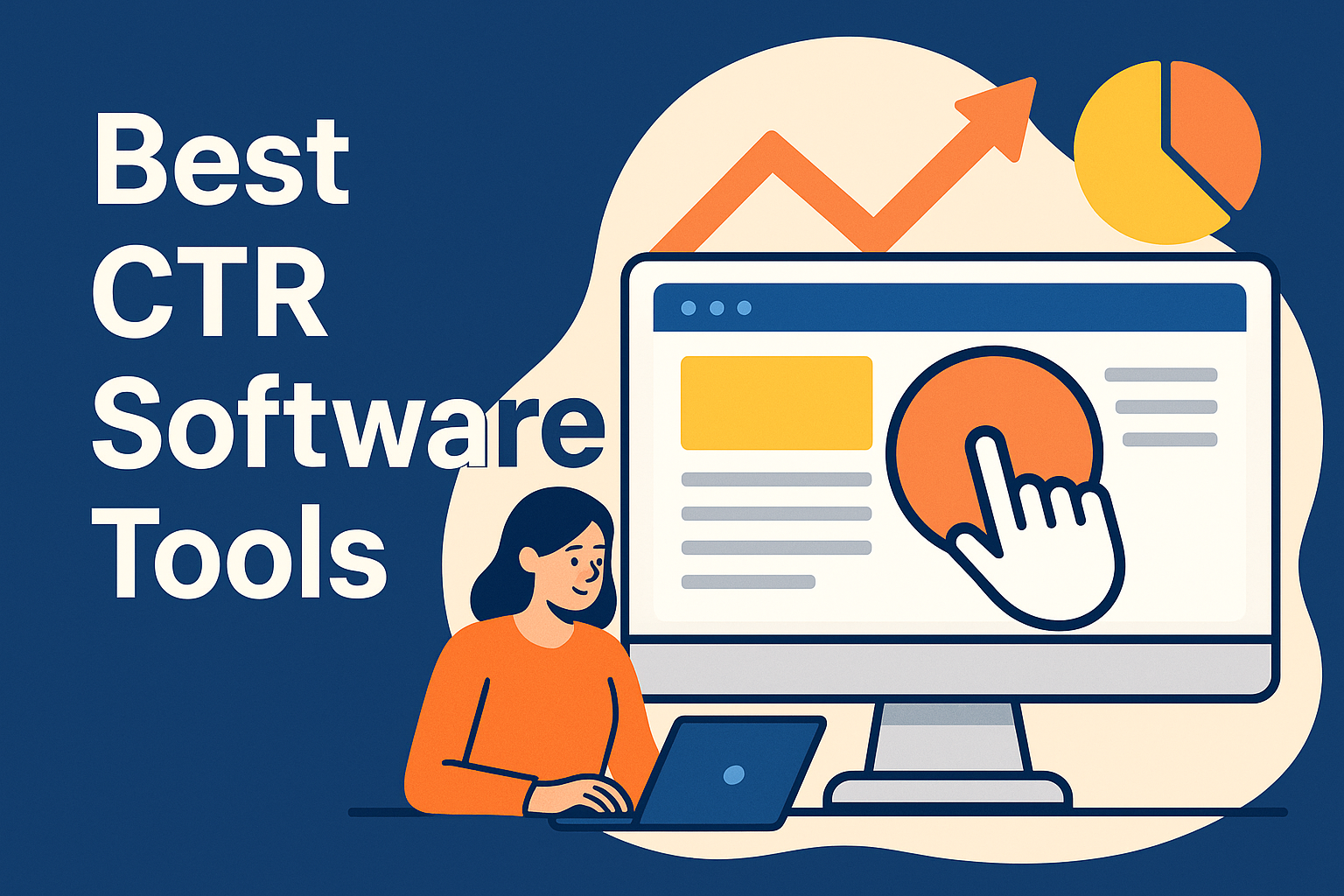
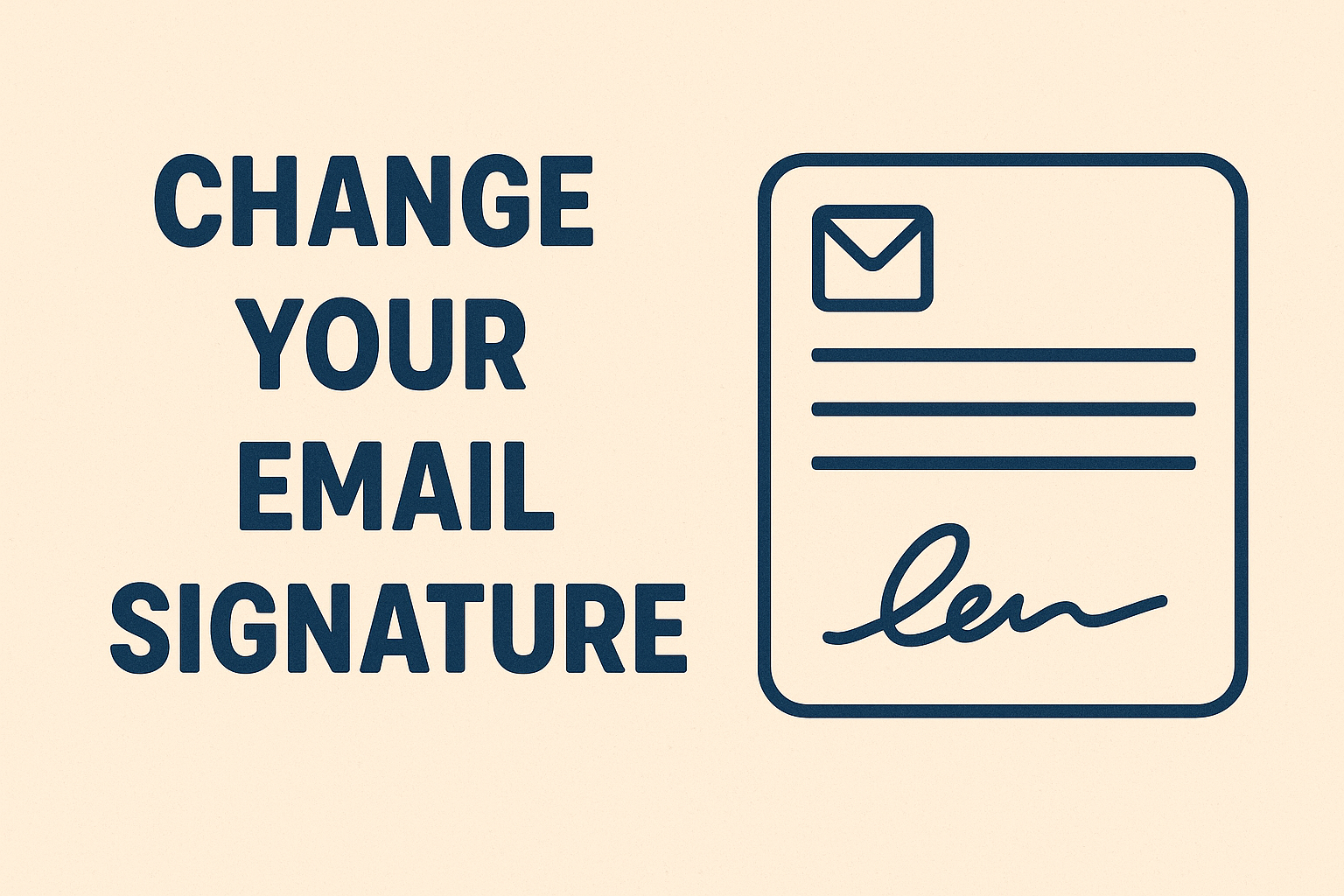
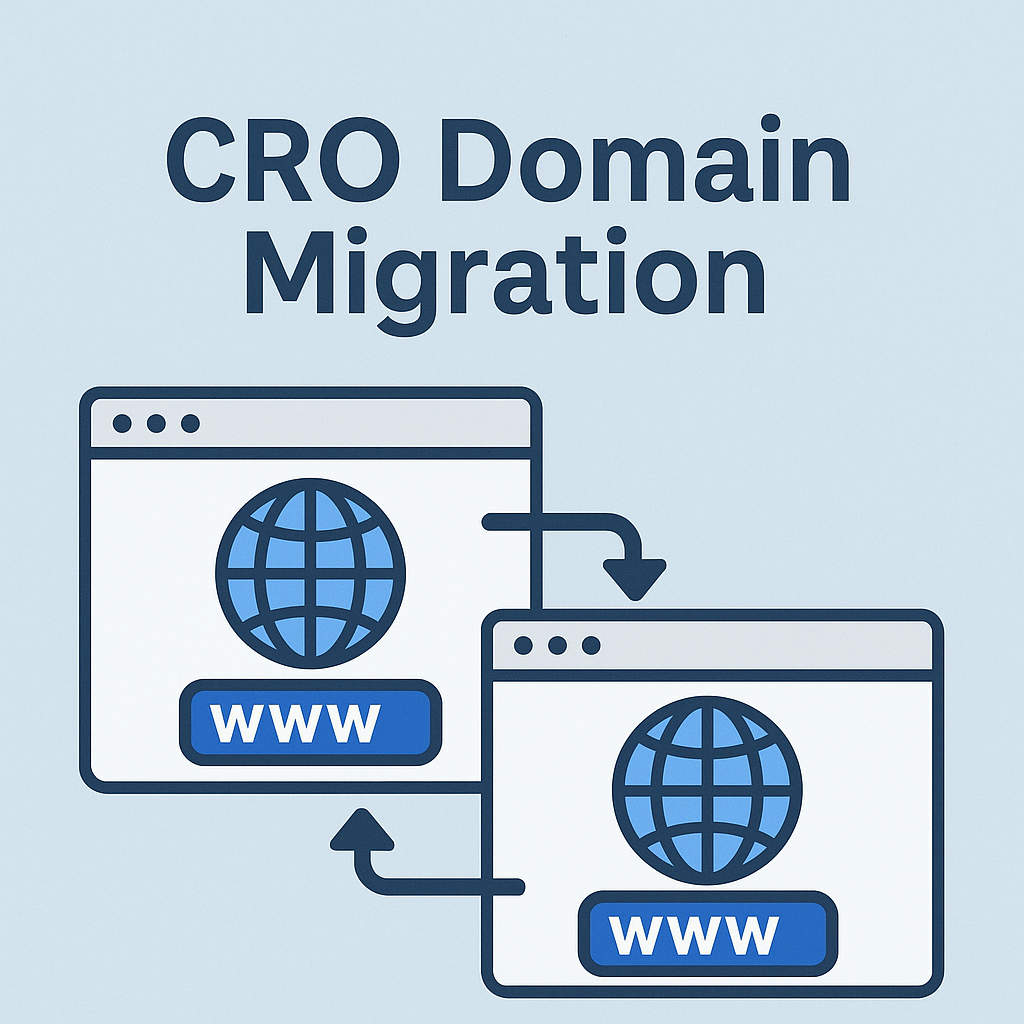


![Best Link Exchange Sites [Free & Safe] – Top 5 Picks](https://backlinkmanagement.io/wp-content/uploads/2025/04/Free-Link-Exchange.png)
